Fortune tree
Fortune trees are very sensitive to the demand for water. Once they are watered more and rotten roots take minutes, it will be much easier to maintain them by hydroponics

1. Take the fortune tree out of the flower pot, remove the soil from the root, and rinse the root with clean water
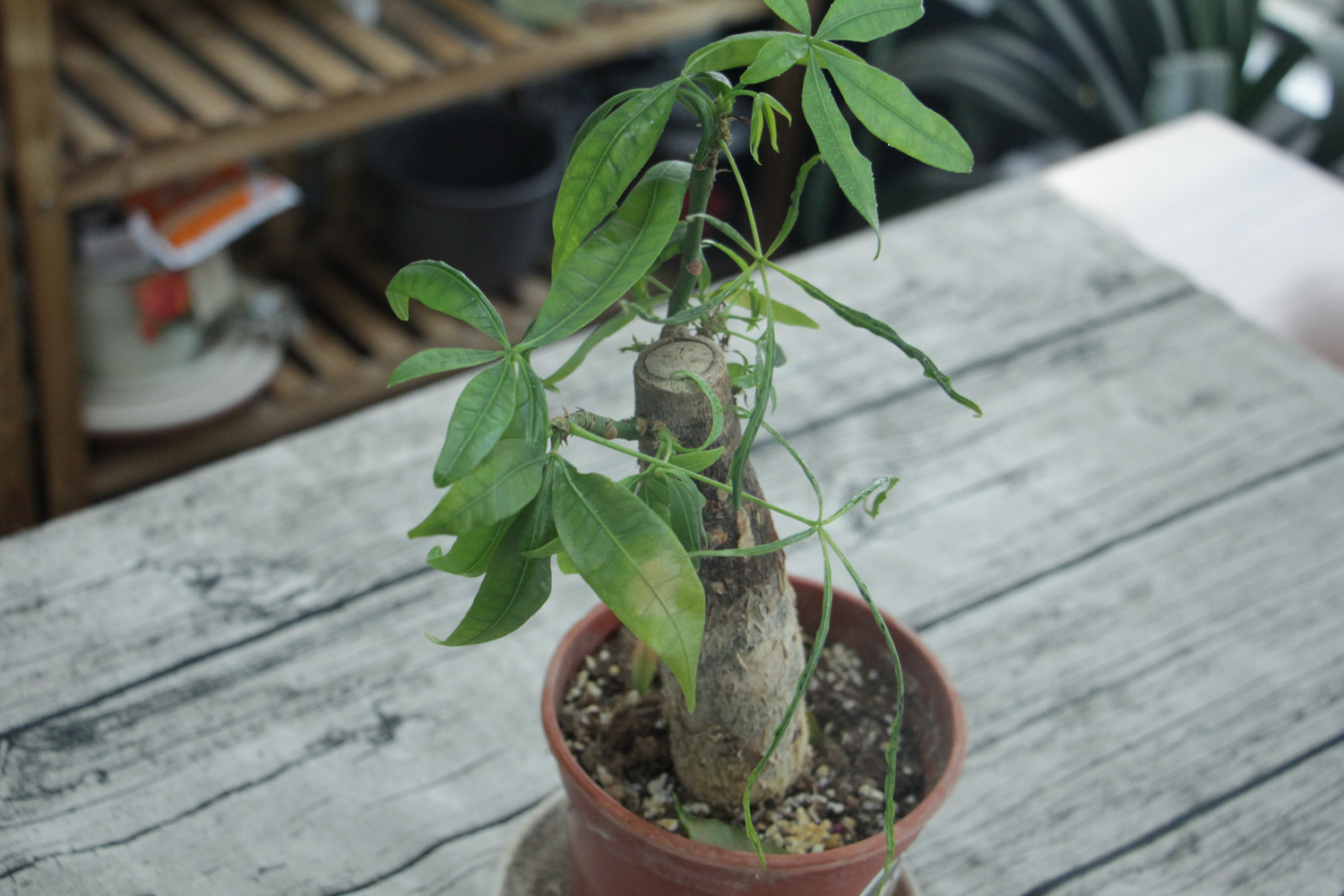
2. Use scissors to cut off all roots and most leaves to reduce water evaporation. Because the old roots live in the soil for a long time, we have been familiar with the environment in the soil. After cutting off, we can induce roots again
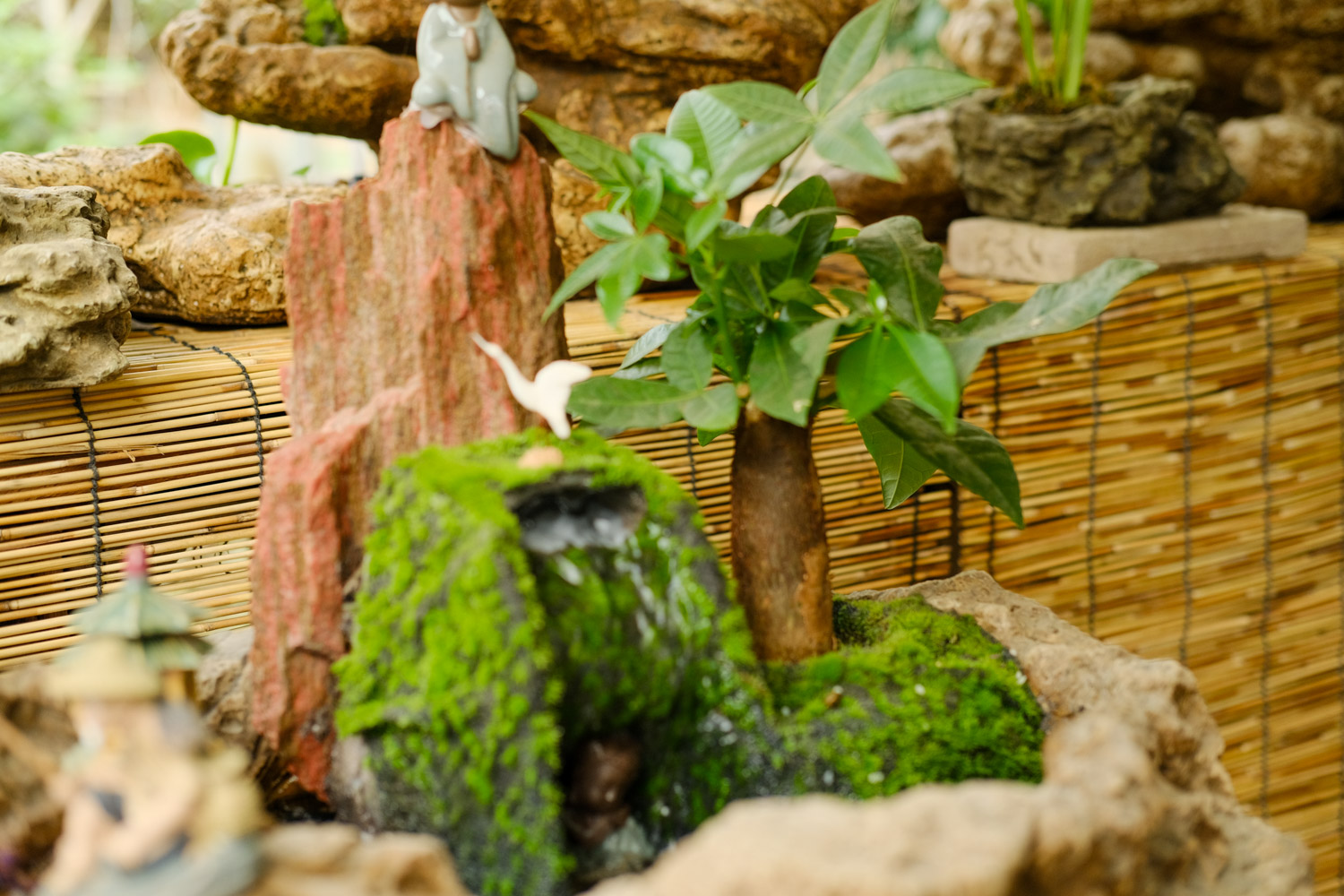
3. Fix the fortune tree in the planting basket, and the bottom is slightly in contact with the water surface, so that the water evaporation can provide humidity for the root of fortune tree. In about a month, the root will grow white aquatic roots
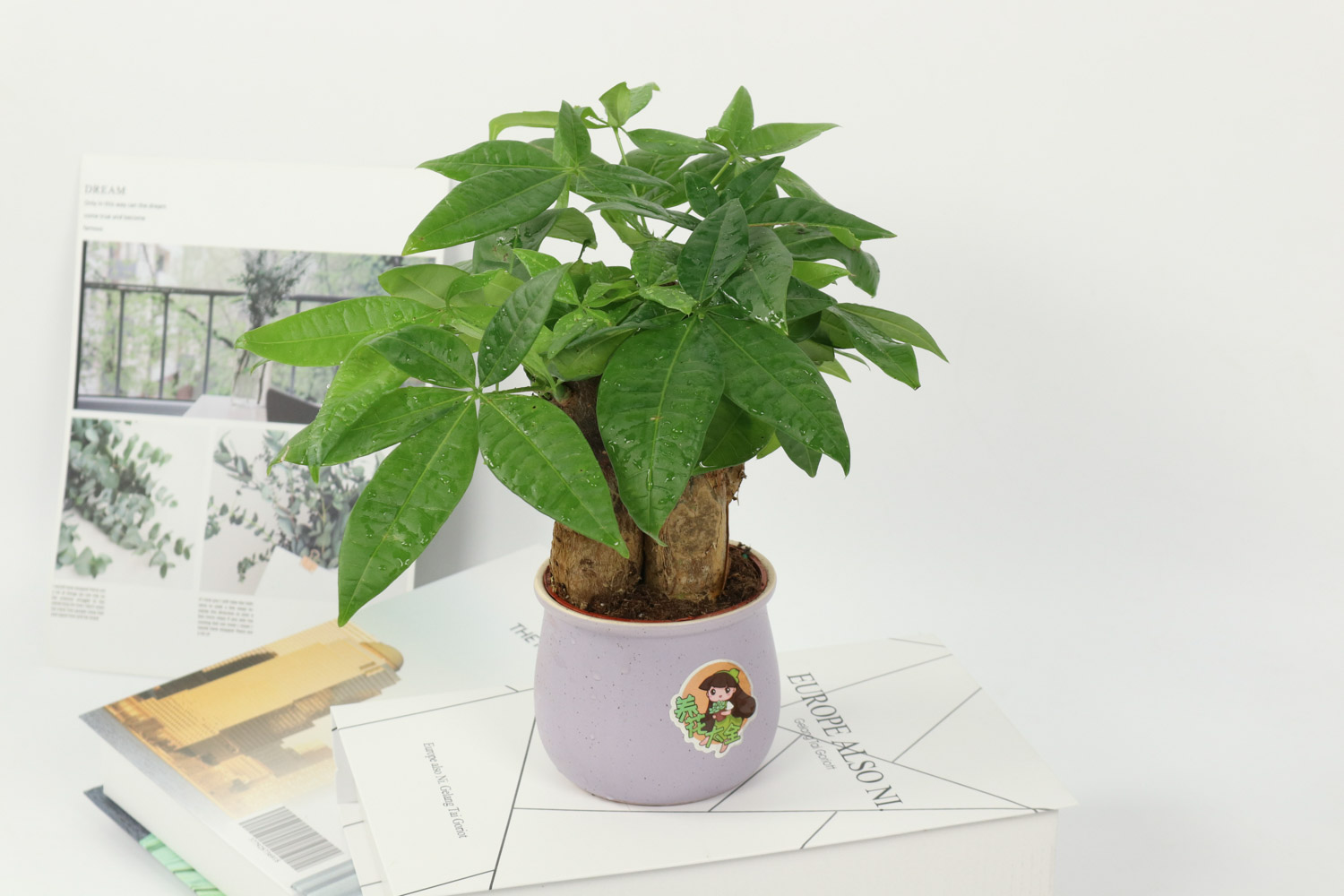
4. After growing new aquatic roots, the rich tree will sprout branches and leaves again. Adding hydroponic nutrient solution to the hydroponic container once a month can make the roots grow stronger and stronger
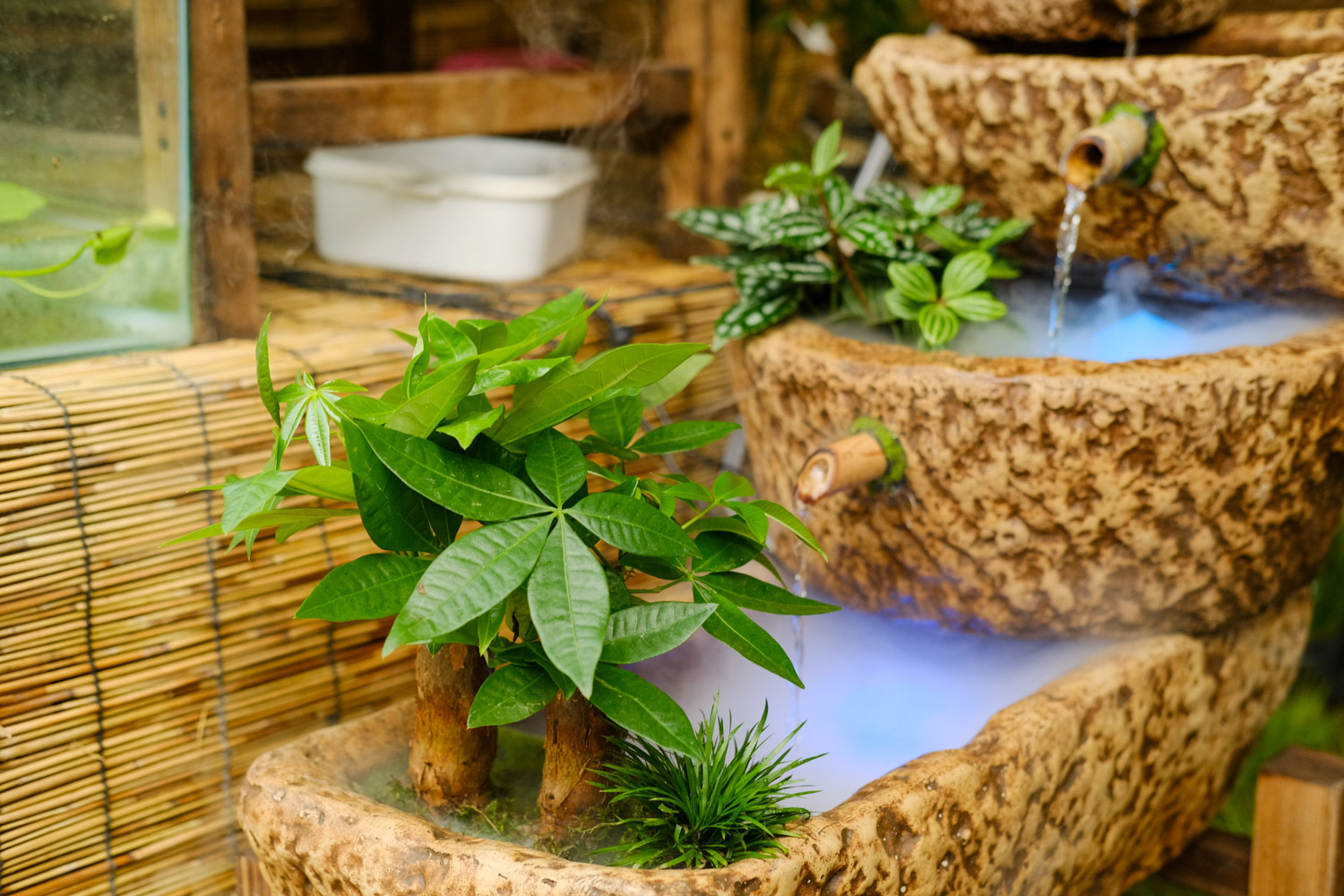
5. The advantage of hydroponic fortune tree is that you can observe the growth of roots at any time. Once you find rotten roots and poor water quality, you can deal with them in time, which has little impact on fortune tree. If it is a fortune tree cultivated in soil, once its roots rot, it must change pots and soil. Every time it hurts muscles and bones, which greatly affects the growth of fortune tree
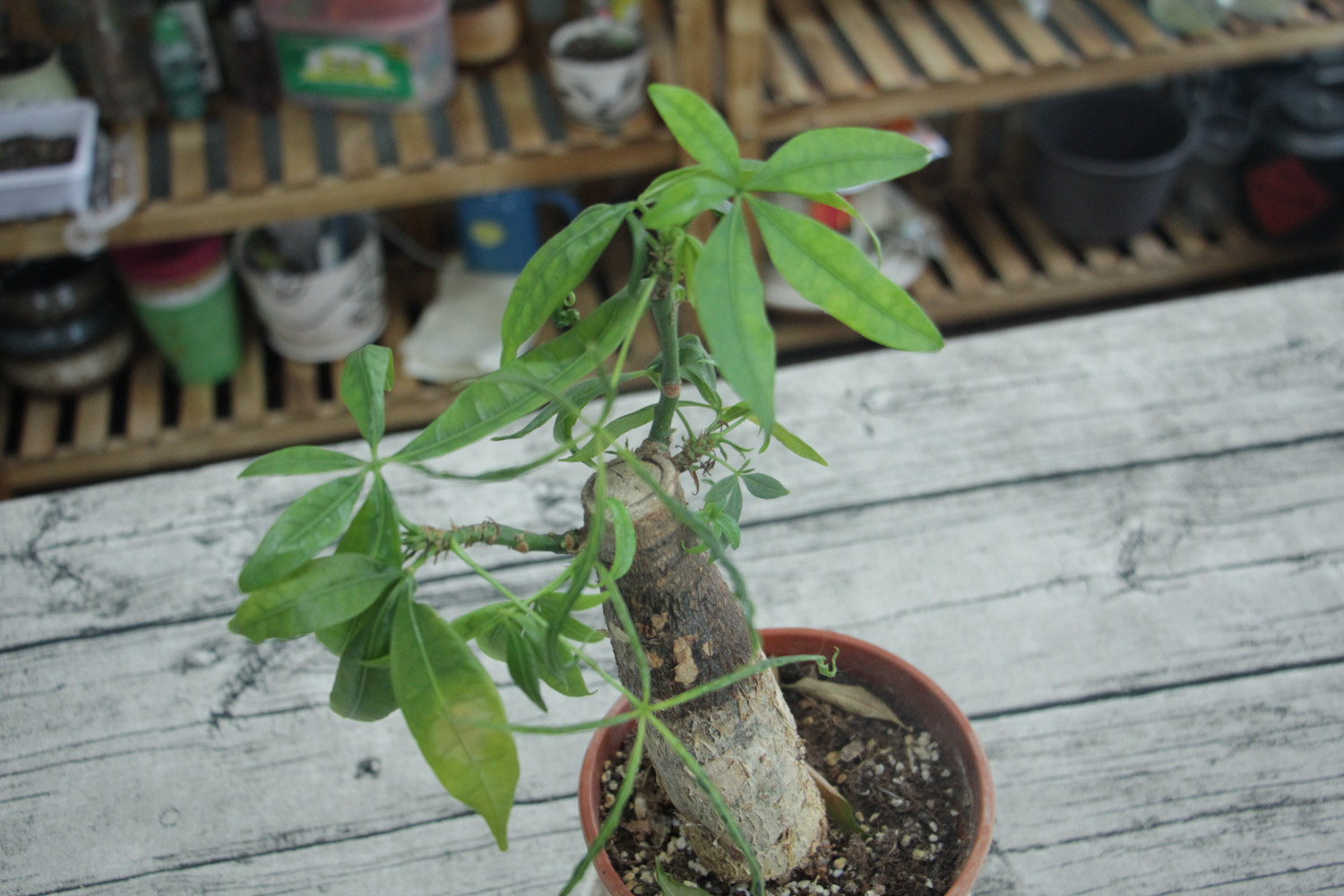
Asparagus
Asparagus is very literati, especially suitable for putting on the desk. If it is cultivated with water, it will be more exquisite and moving

1. When culturing asparagus in water, potted plants with small plant type and strong growth should be selected for easy recovery. First, remove the soil from the root of asparagus and rinse it with tap water
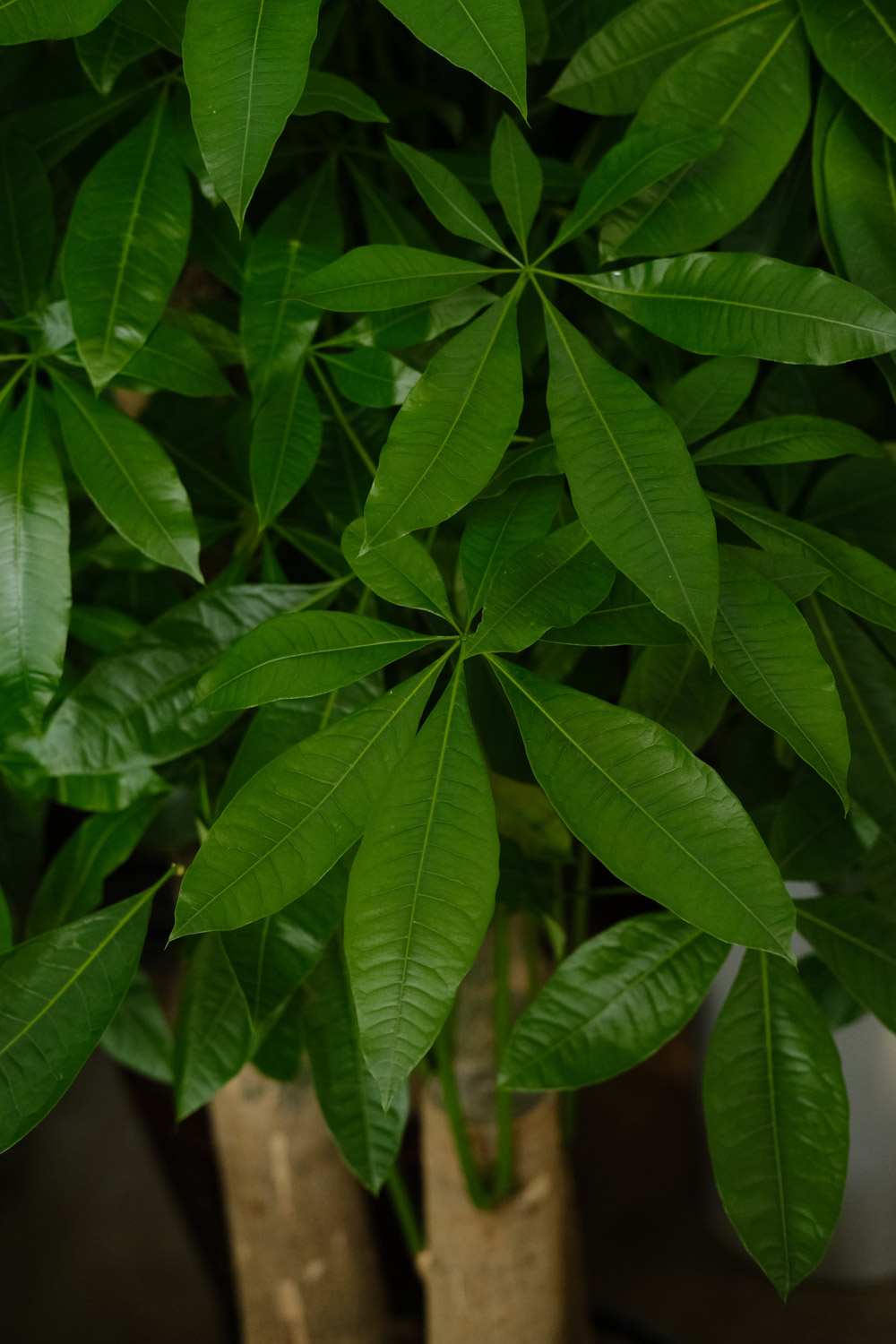
2. The long roots are trimmed with scissors, then wrapped in kraft paper and placed in the planting basket
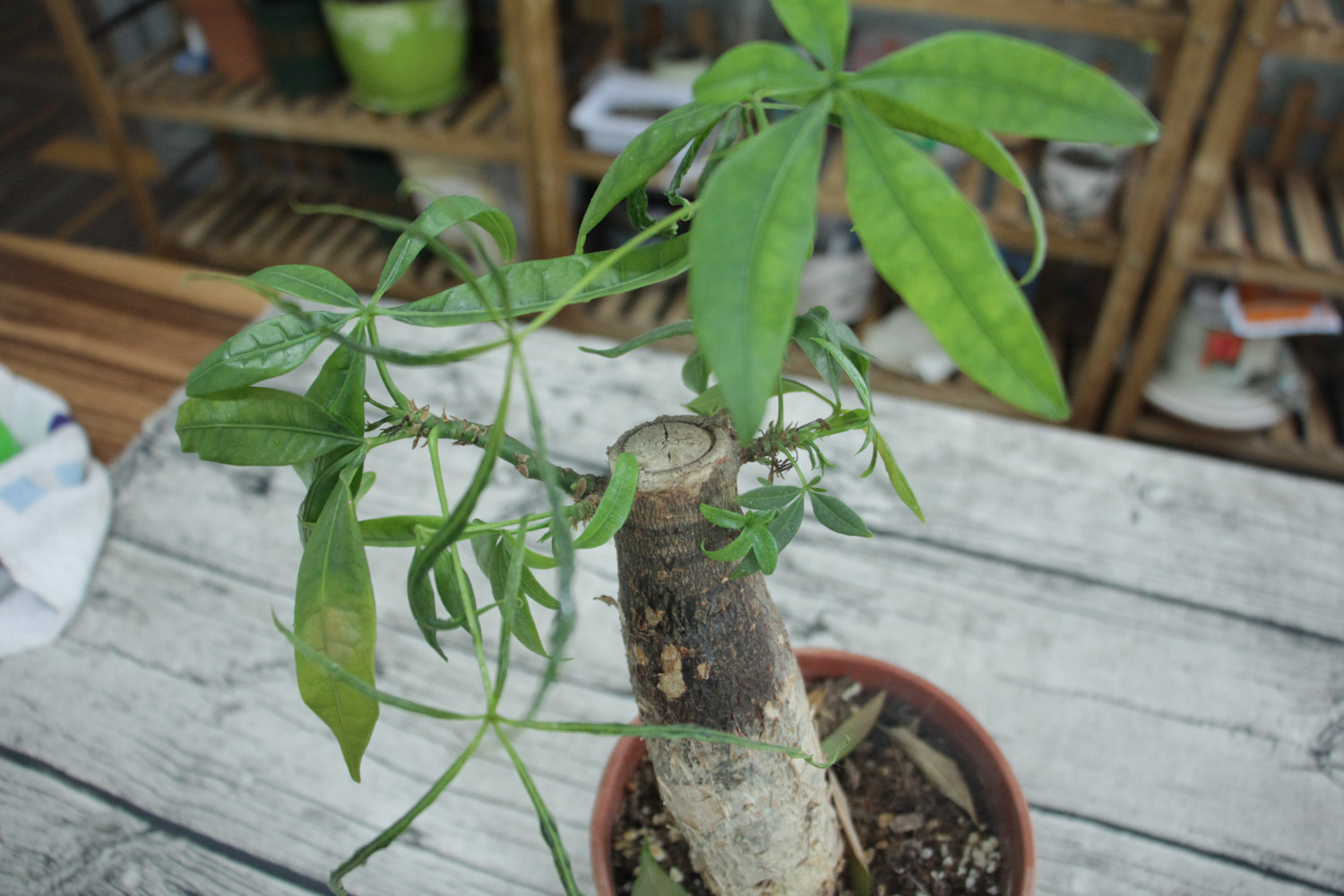
3. Add pebbles to the planting basket, fix the asparagus, remove the kraft paper, and add water into the hydroponic container. The water level is less than one-third of the asparagus root system
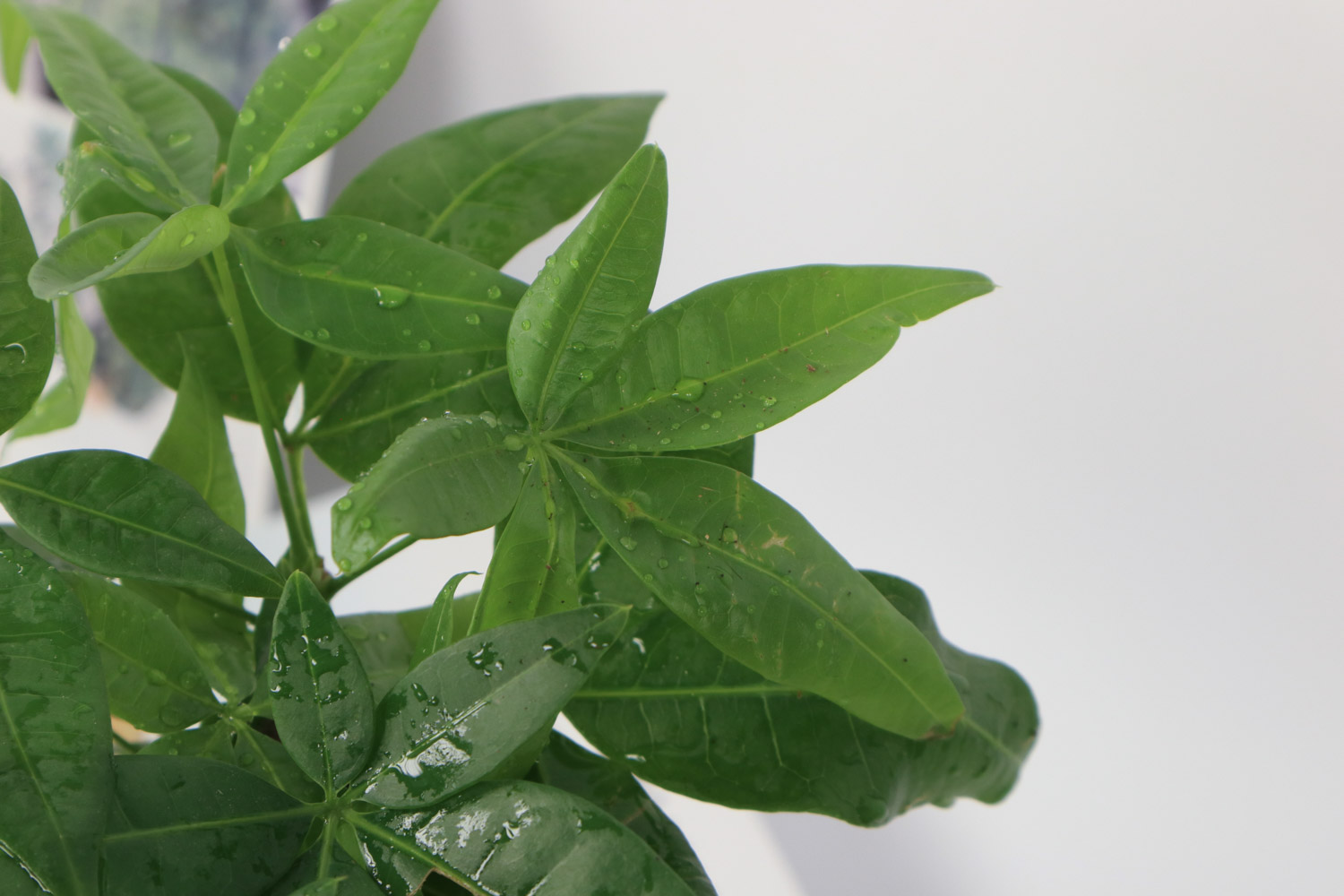
4. The roots of asparagus will slowly adapt to the hydroponic environment. In this link, some roots will die due to maladjustment. Take out asparagus in time and remove the broken roots
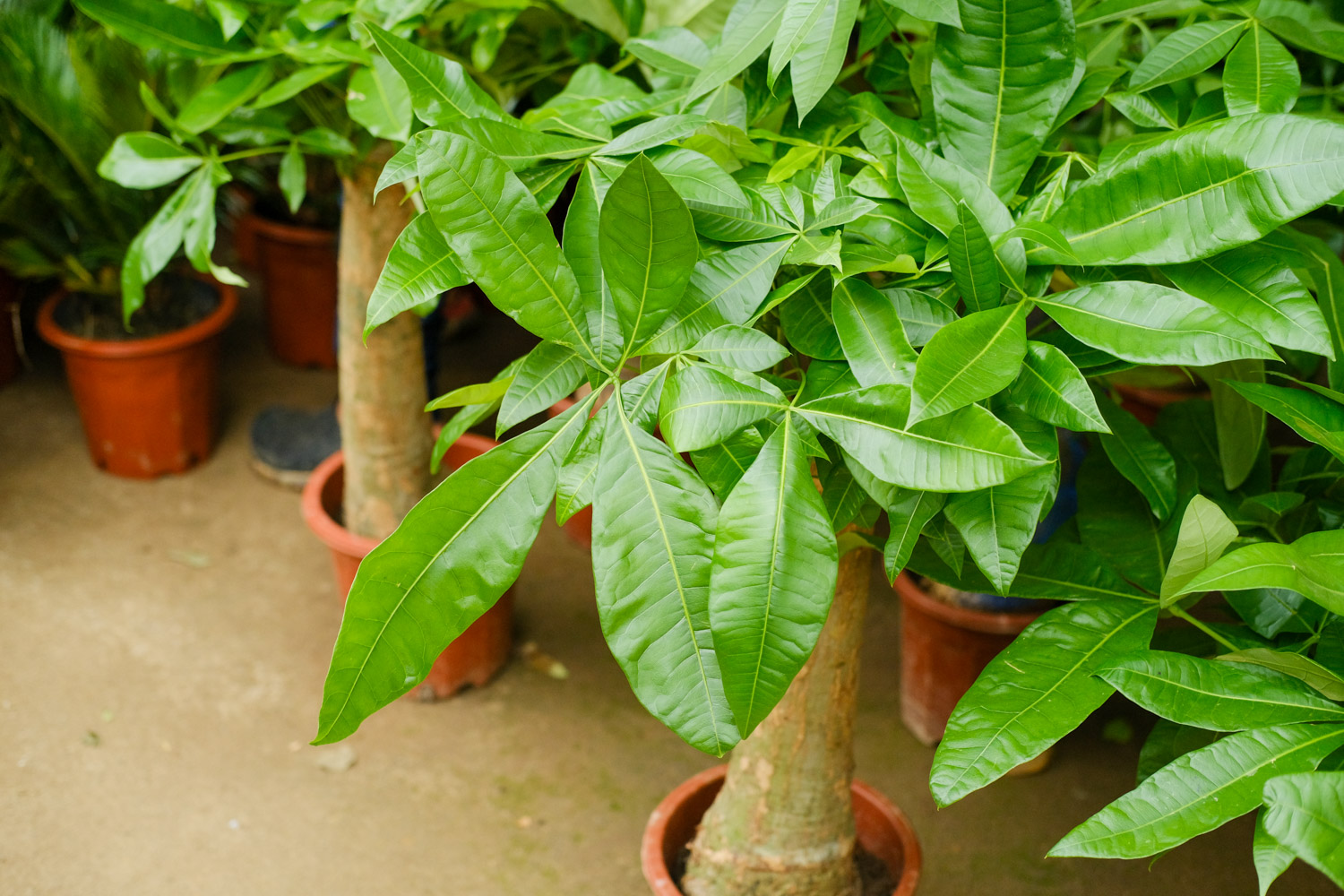
5. Slowly, new roots will grow and replace the old roots. The new roots are white and fat aquatic roots with strong growth ability, which can fully meet the growth of branches and leaves of asparagus. If there are old roots at this time, you can directly cut them off with scissors

6. When the environment is dry, spray the leaves properly and prevent the leaves from yellowing. Looking at the roots of the white flowers in the water is really gratifying! p>
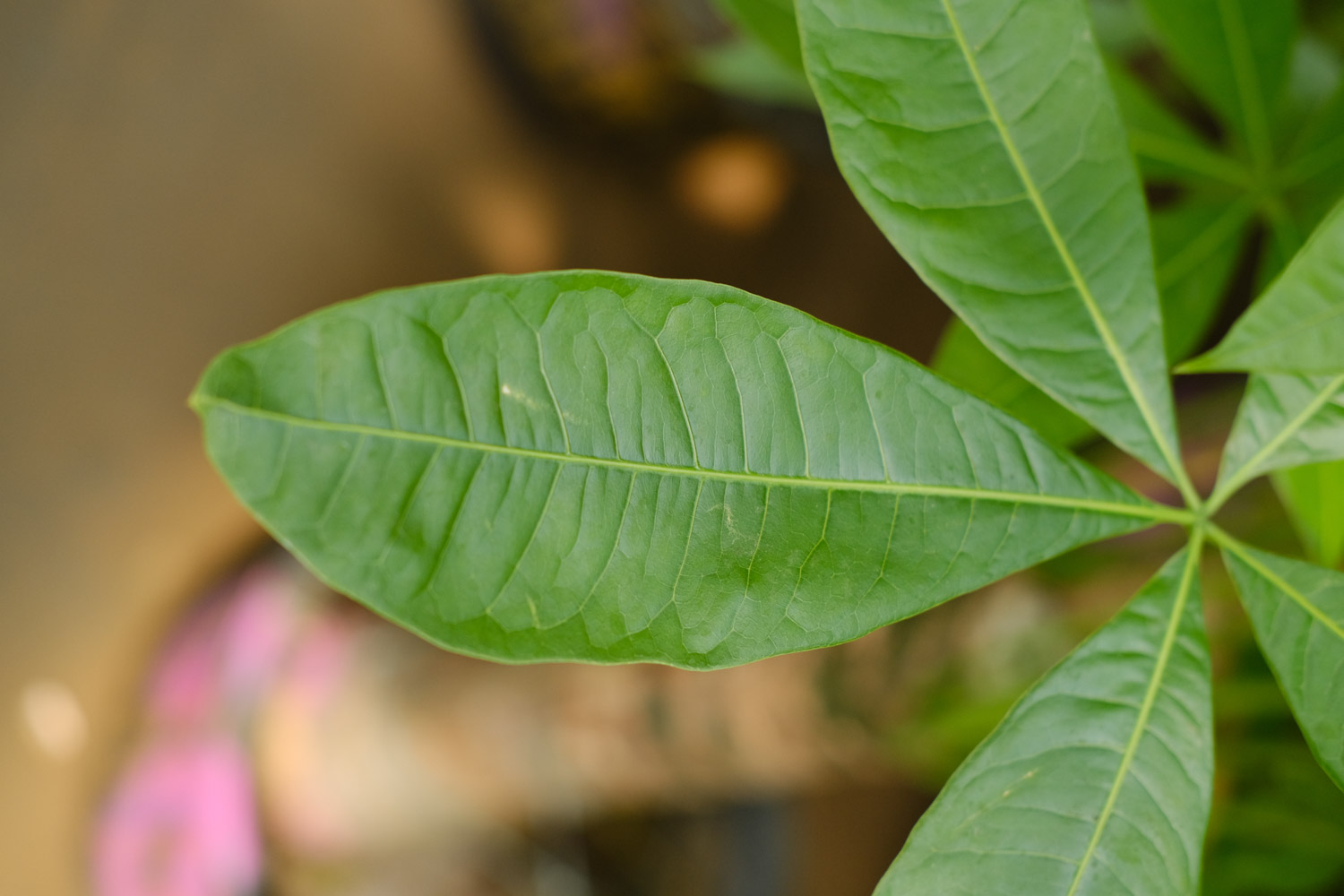
Chlorophytum
Chlorophytum is a common plant in the family. It is cheap and easy to raise. If you use hydroponic method, you can grow green almost without tube. You can not only enjoy its soft leaves, but also see its white roots
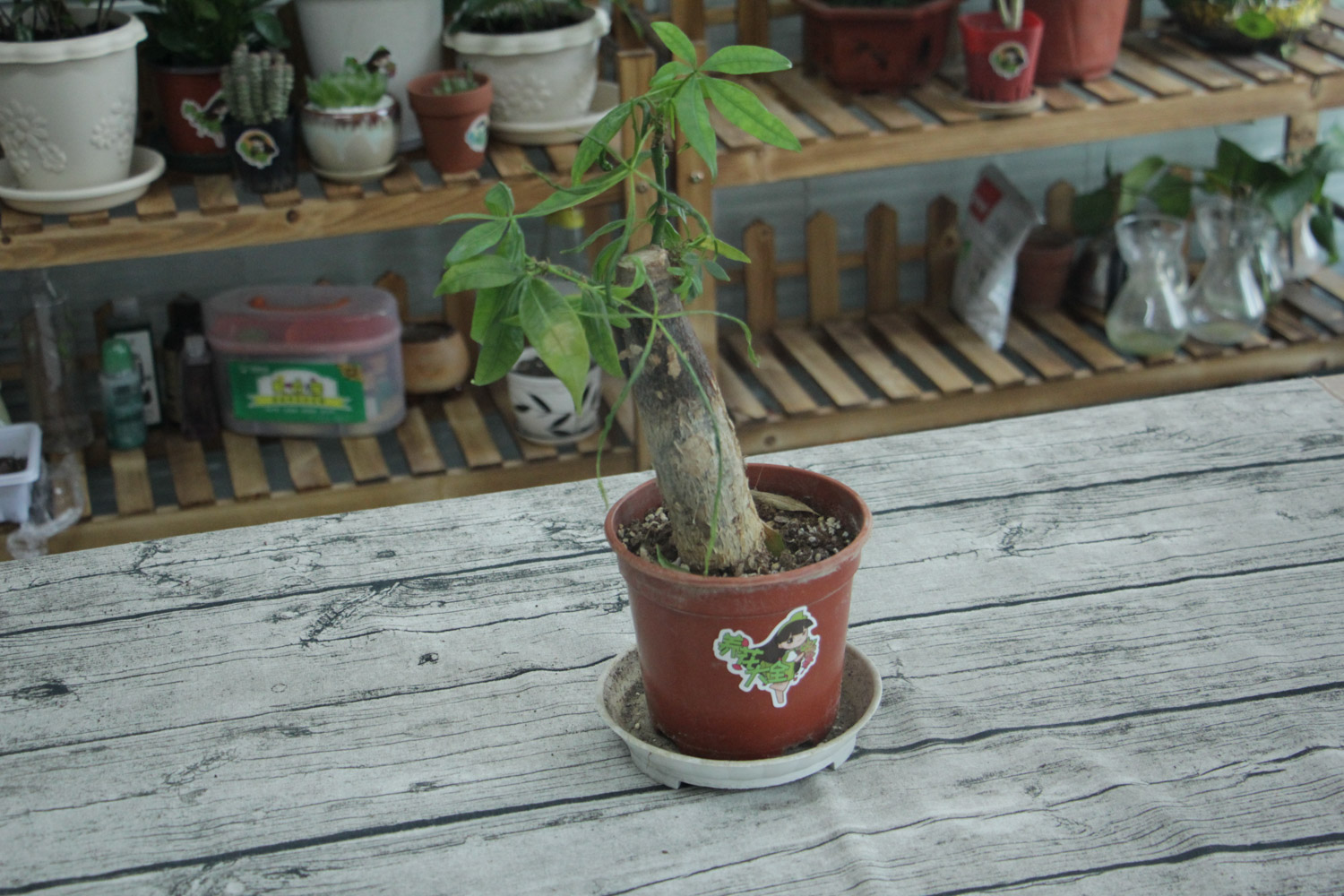
1. Hydroponic Chlorophytum can use the small plants grown on Chlorophytum plants. It is best to choose those that have air rooting and can take root quickly. If you use the method of removing pots and washing roots, it is easy to damage the roots and leaves. Huahua doesn't recommend this method
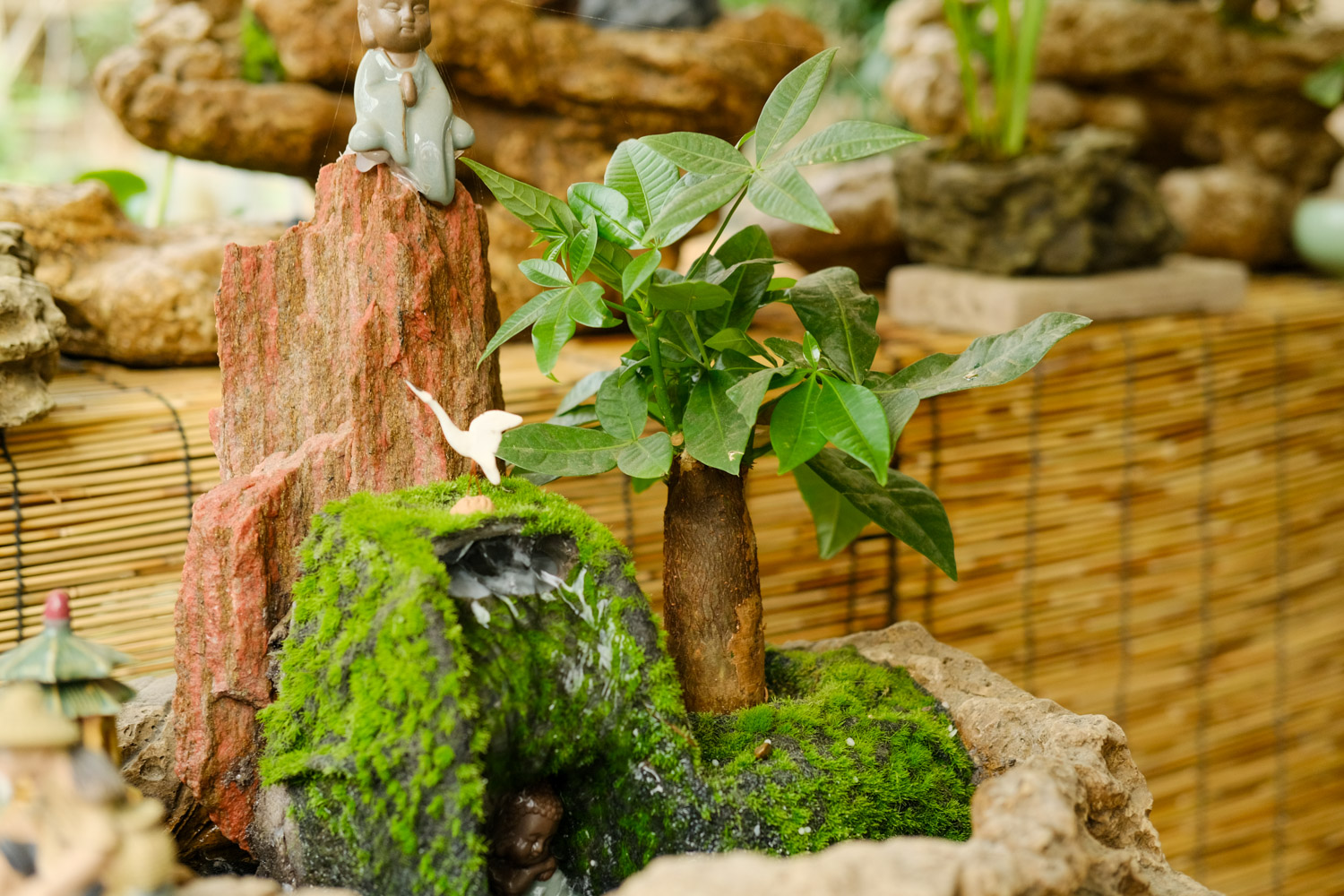
2. Fix the Chlorophytum into the planting basket, add ceramsite and fix it. Change the water every three or four days. Do not add nutrient solution before rooting
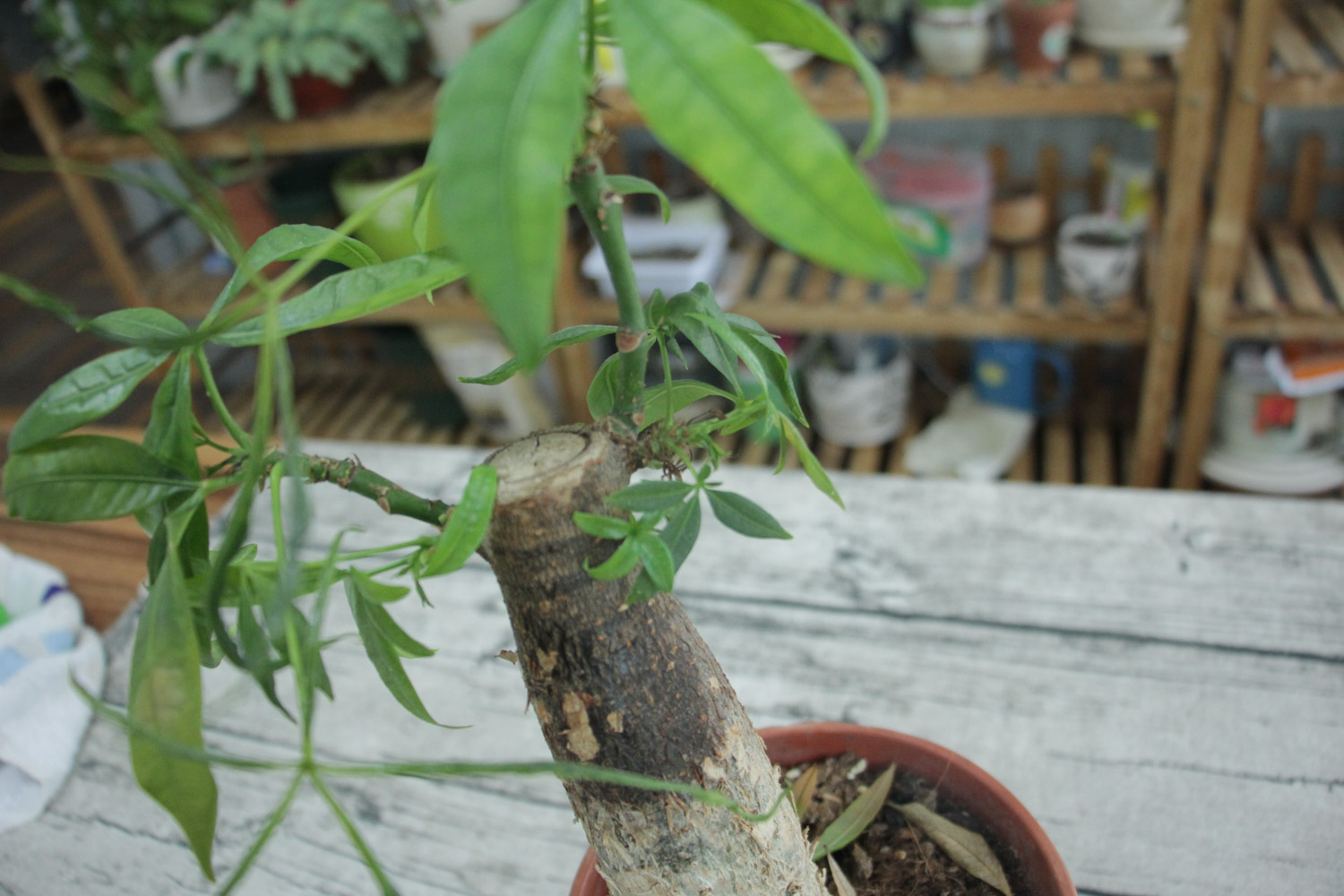
3. When the root system grows to 35 cm, nutrient solution can be added to the hydroponic container. When adding nutrient solution, do not get it on the leaves of Chlorophytum, which is easy to cause the leaves to turn yellow
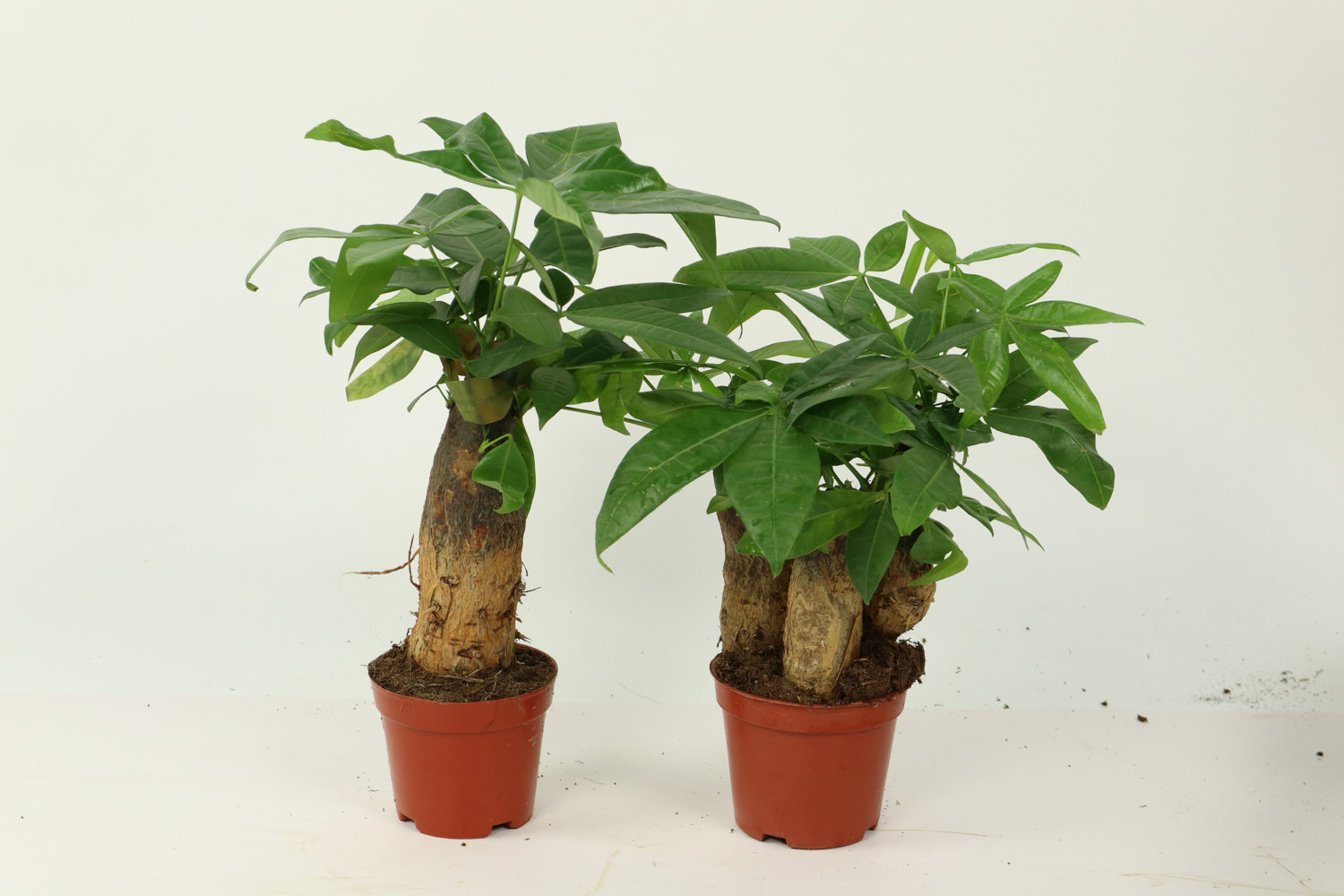
4. Hydroponic Chlorophytum can be placed in the scattered light environment to avoid direct exposure to the sun. In the process of curing, root rot will occur. Once found, cut it off in time to avoid infection
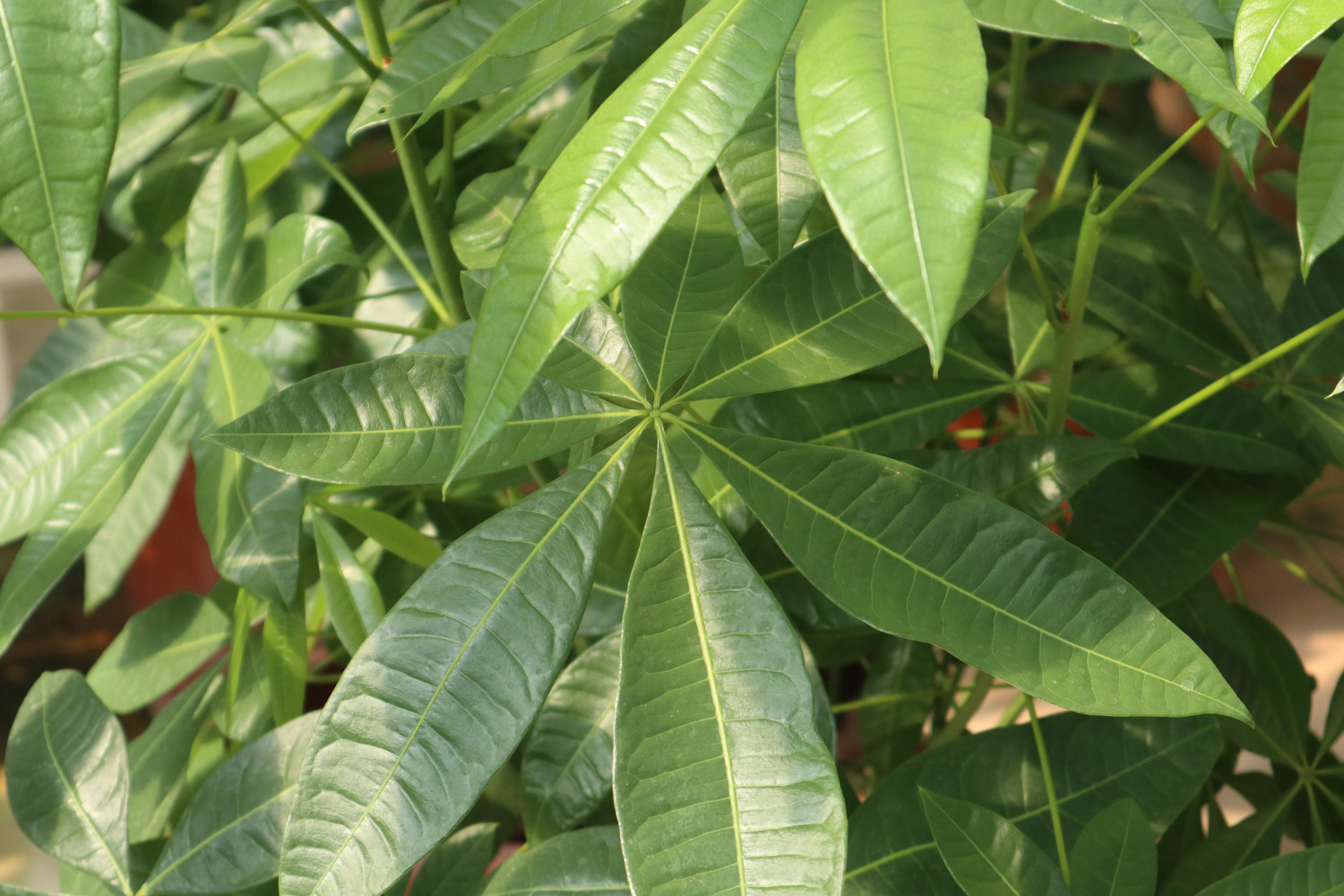
White palm
White palm can purify the air and improve the air quality. Hydroponics makes the maintenance easier, clean and hygienic, and can add more humidity to the air. Why not~
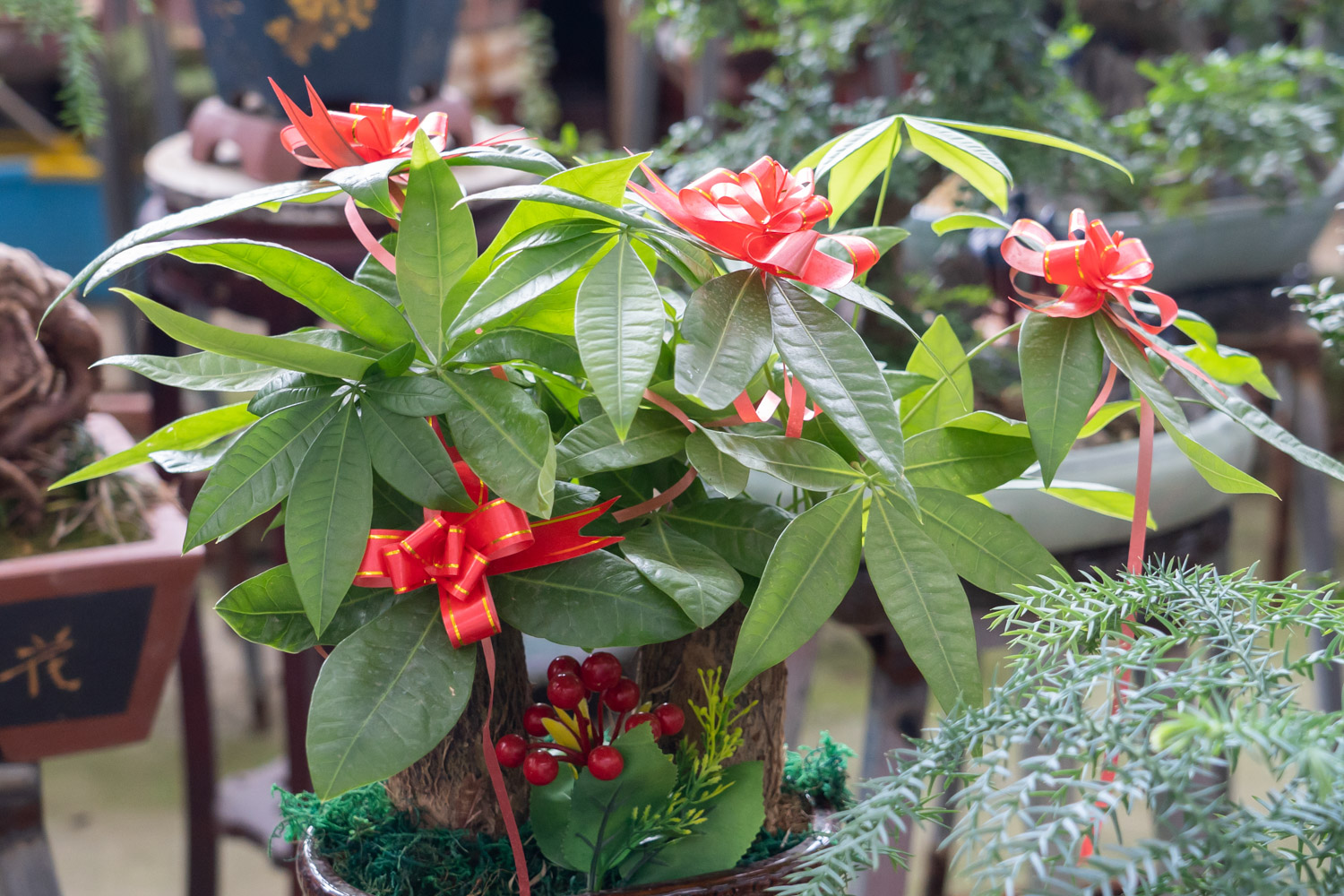
1. The method of removing pots and washing roots can be used to select robust plants and carefully take them out of the flower pot
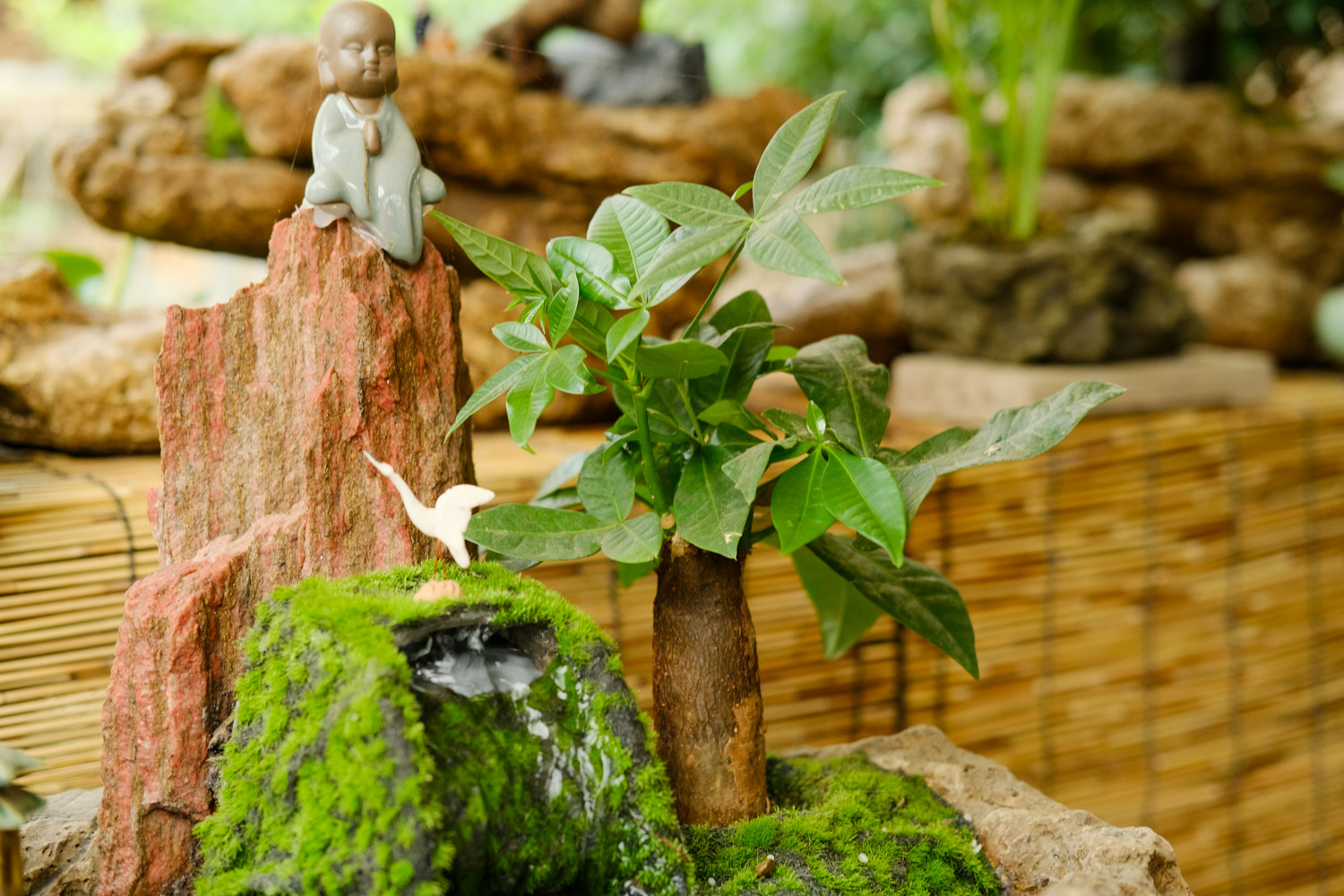
2. Clean the soil on the roots with clean water, cut off the aging, rotten or long roots, and cut off the withered and yellow leaves on the plants
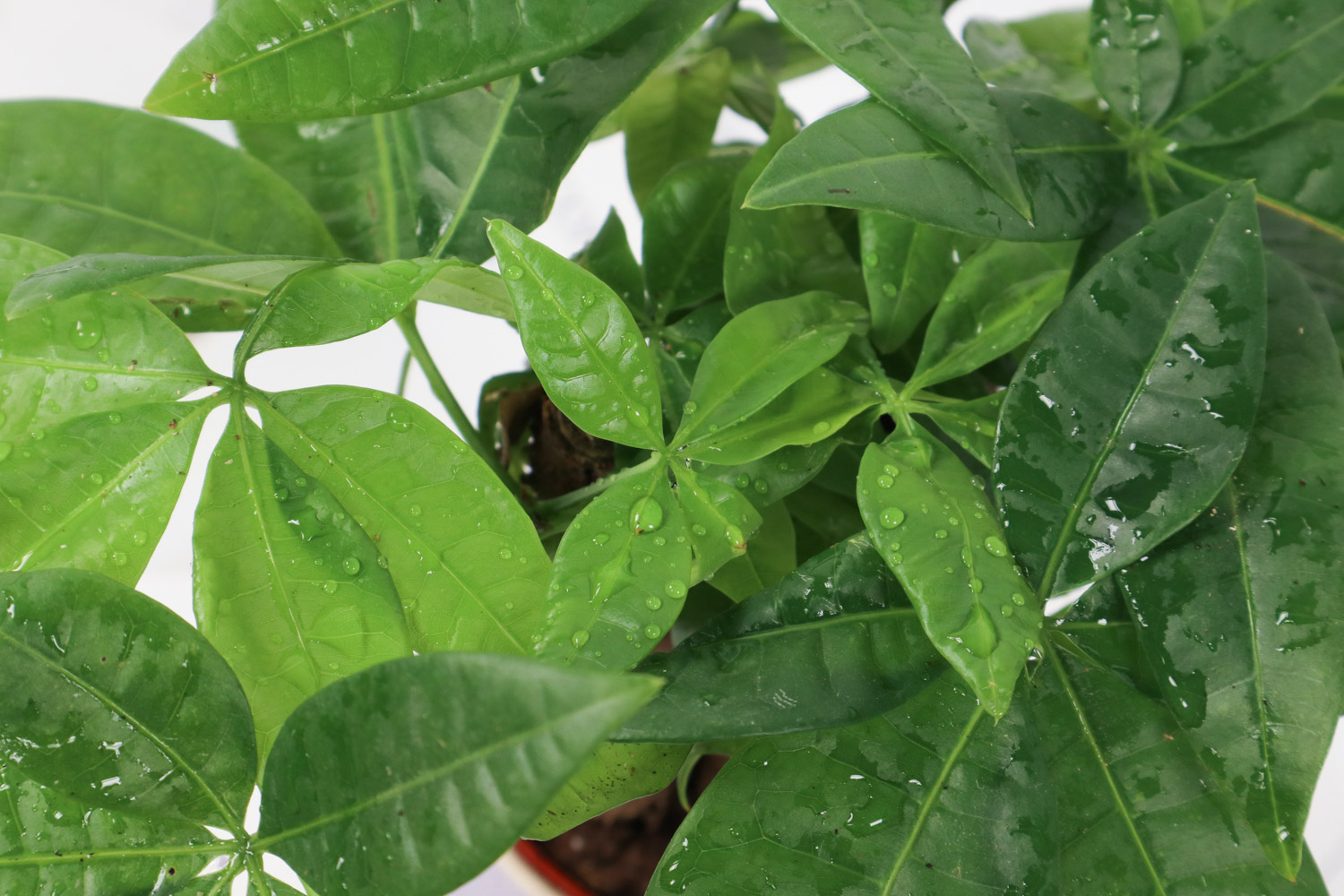
3. Put the root system into the planting basket and be careful not to damage the root system
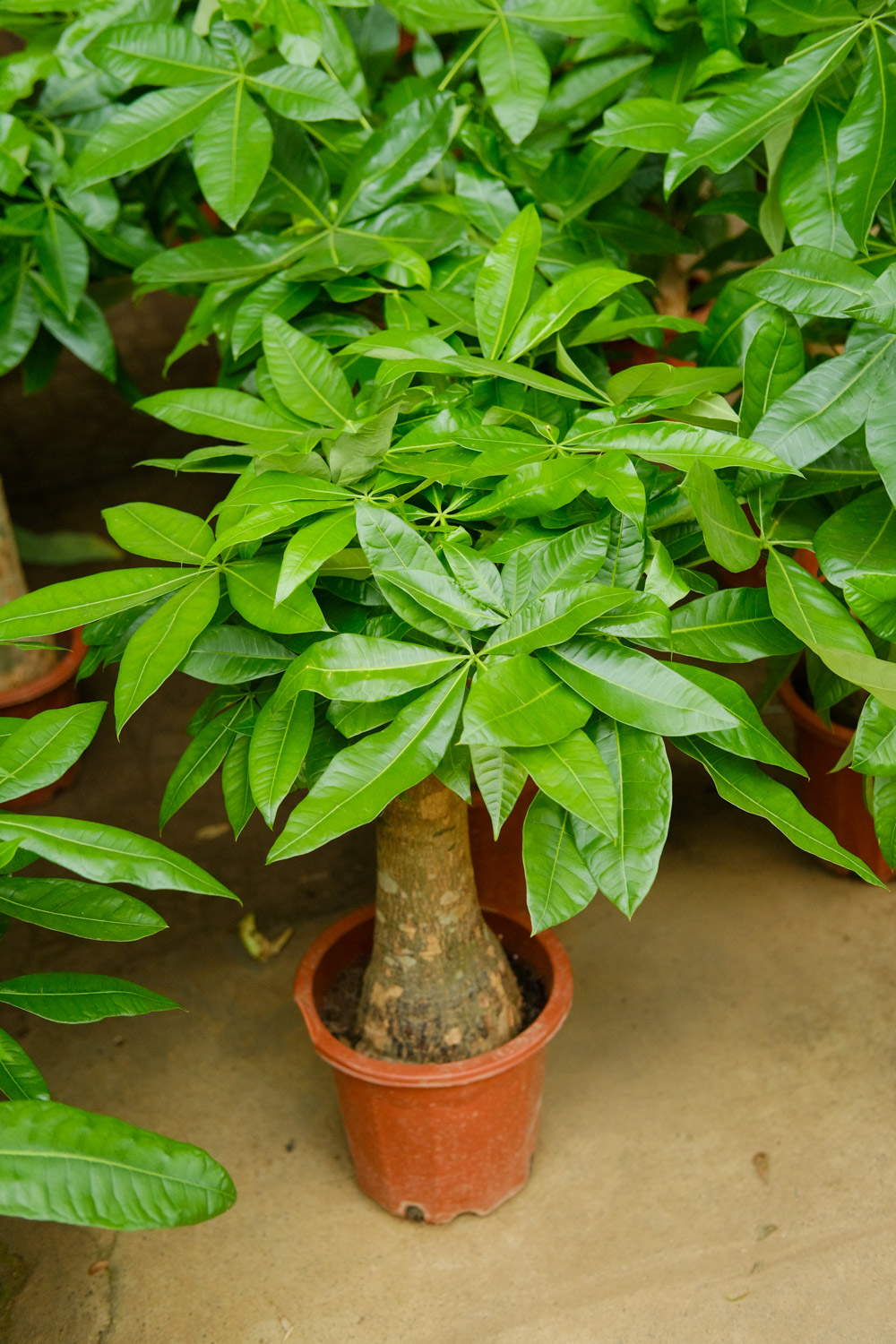
4. Add pebbles or ceramsite into the planting basket to fix the root system
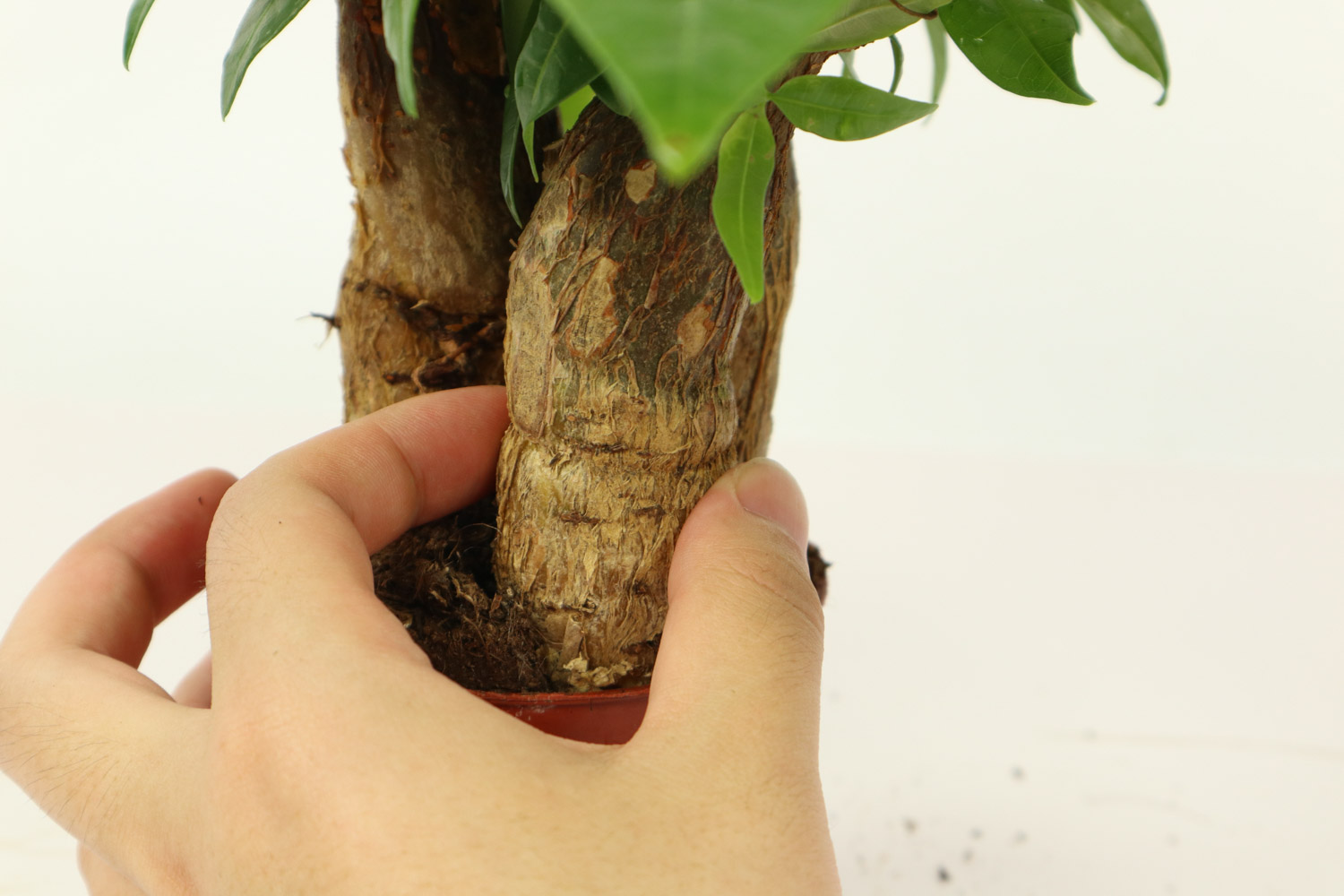
5. Pour half of the water into the hydroponics bottle. Tap water or river water can be used
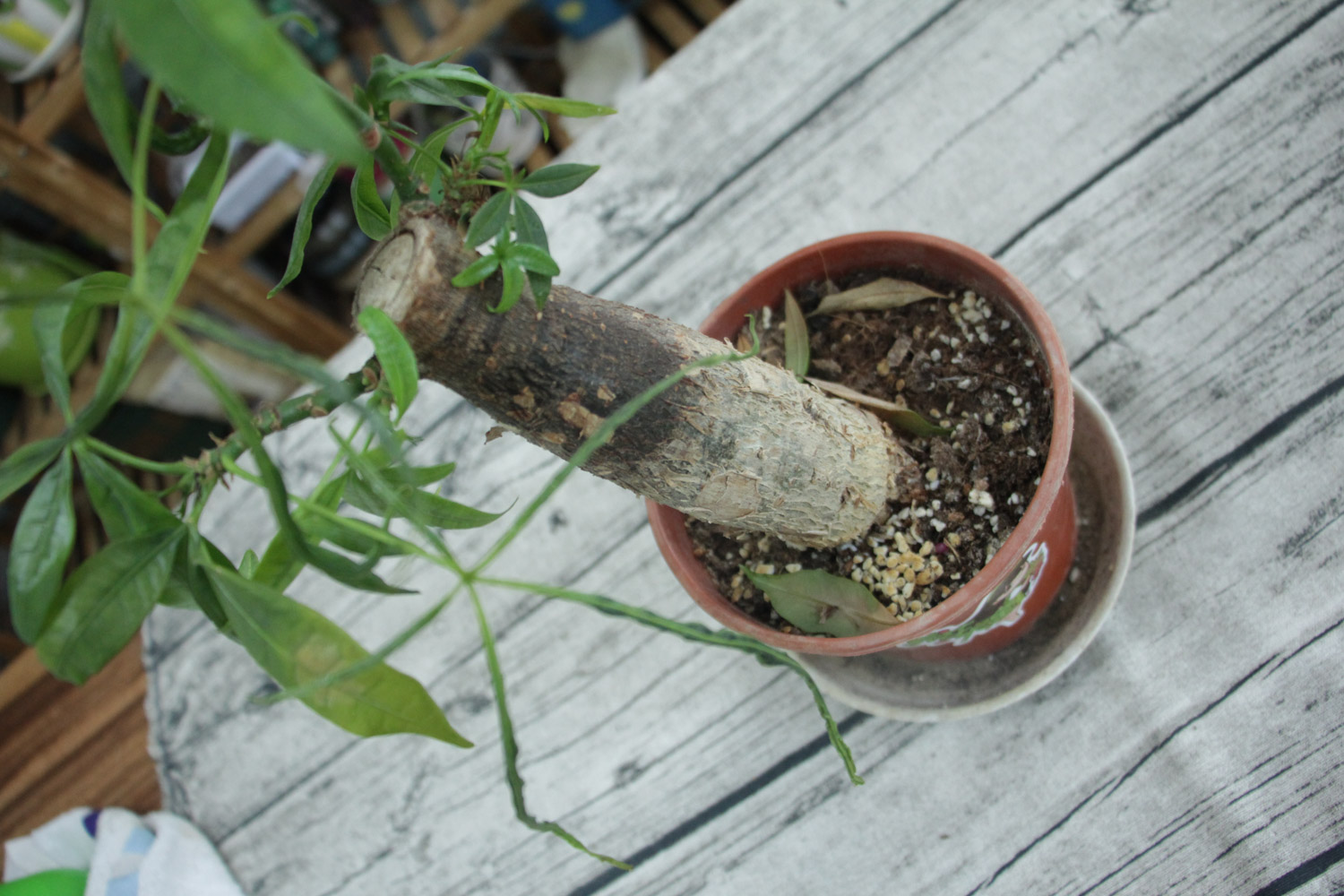
6. After that, put the white palm into the hydroponic bottle and place it in the semi shade for curing. In the initial stage, you can change the water every three or four days. After the new roots grow, you can change the water every week. Cut off the decaying and aging roots in time to promote the healthy growth of plants
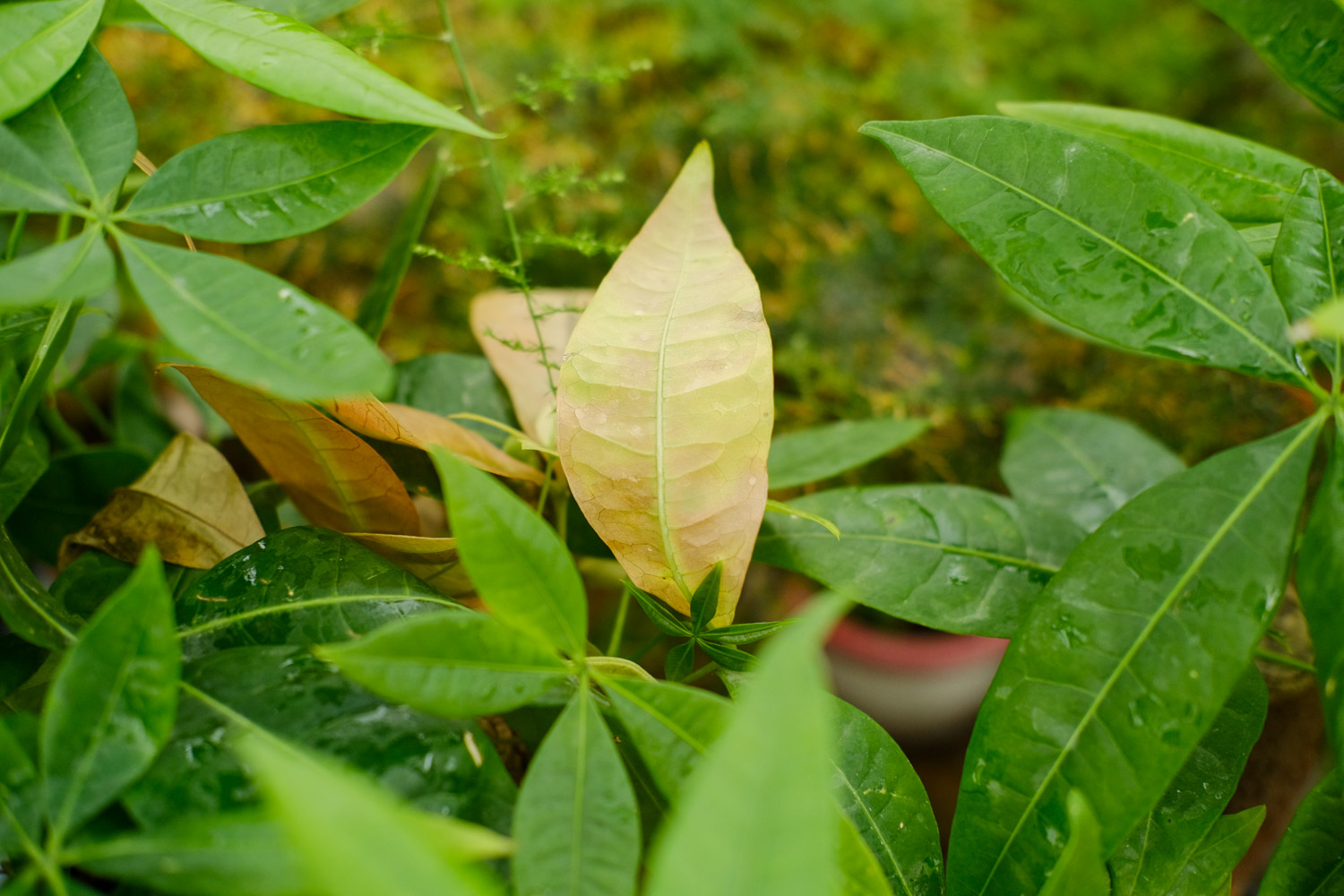
7. In order to prevent root rot, you can put a piece of charcoal in the hydroponic bottle to sterilize. Add some potassium dihydrogen phosphate every half a month to promote root growth and more robust
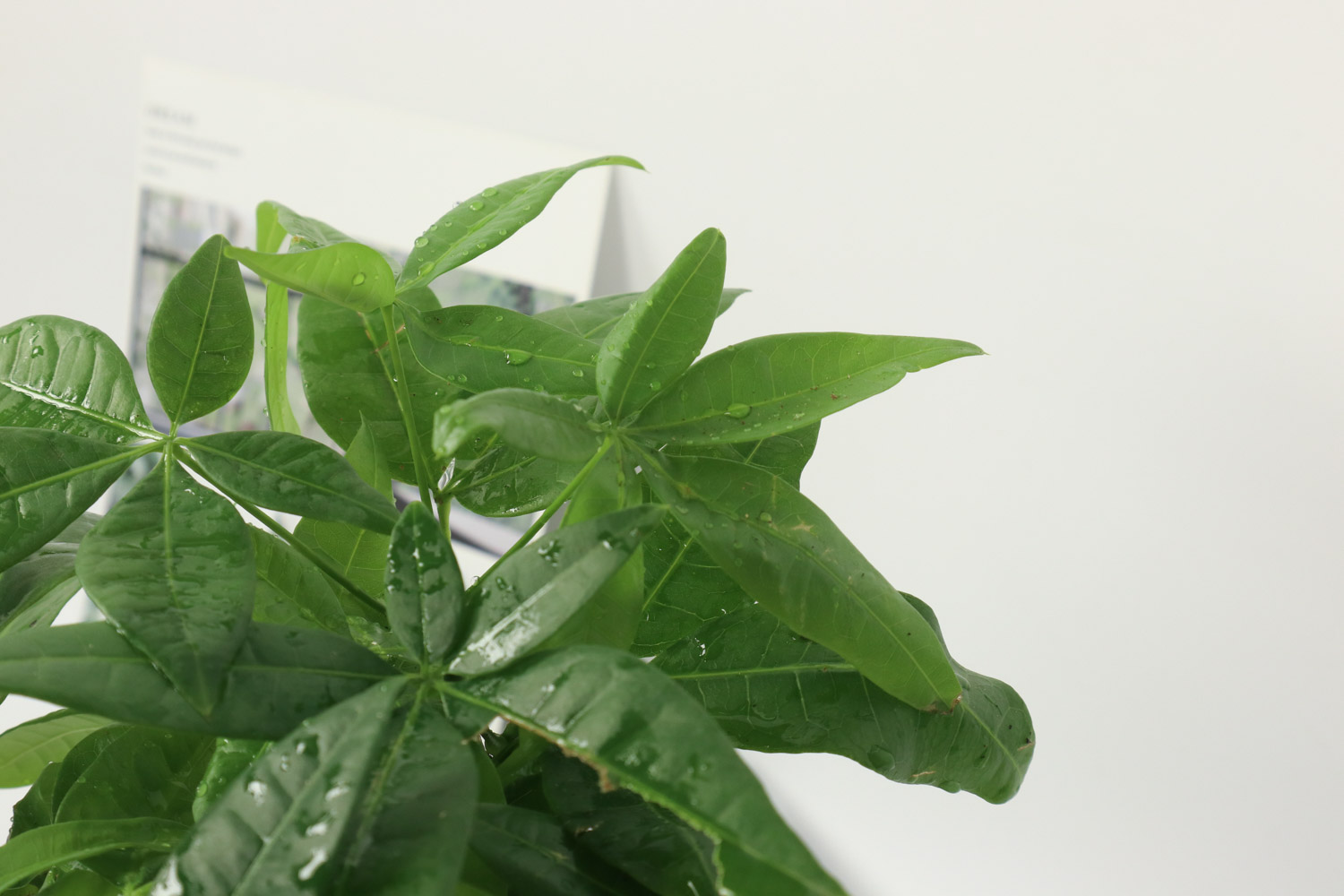
Aloe Vera
Aloe can purify the air and beautify the face. Its use value is very high. Aloe cultivated in soil will often cause plant rot due to excessive watering. It's better to cultivate in water
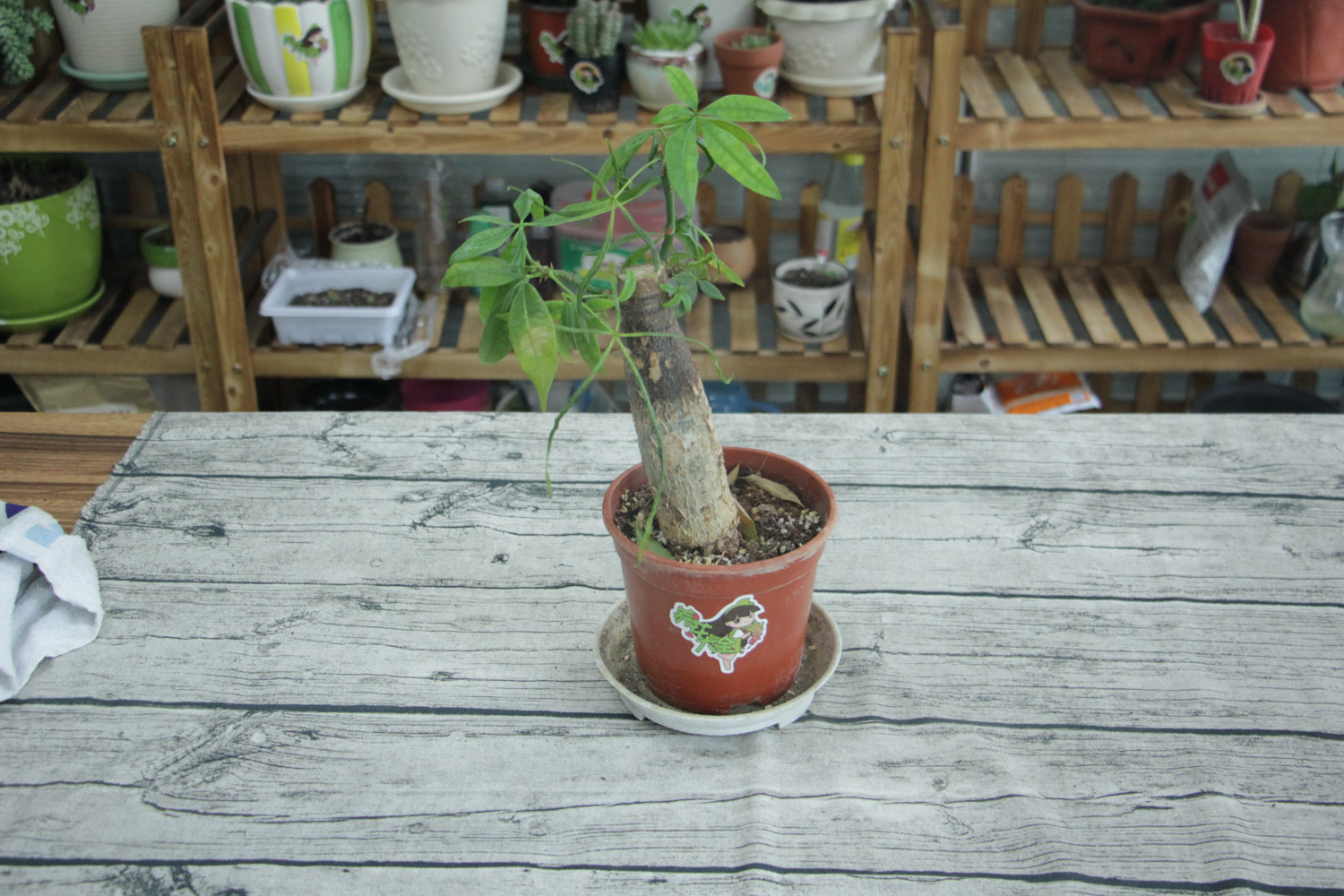
1. For hydroponic aloe, plants with smaller plant type can be selected and cut off from the strong mother plant to ensure that each aloe plant has part of the root system. If the plant type is small, just dig it out directly
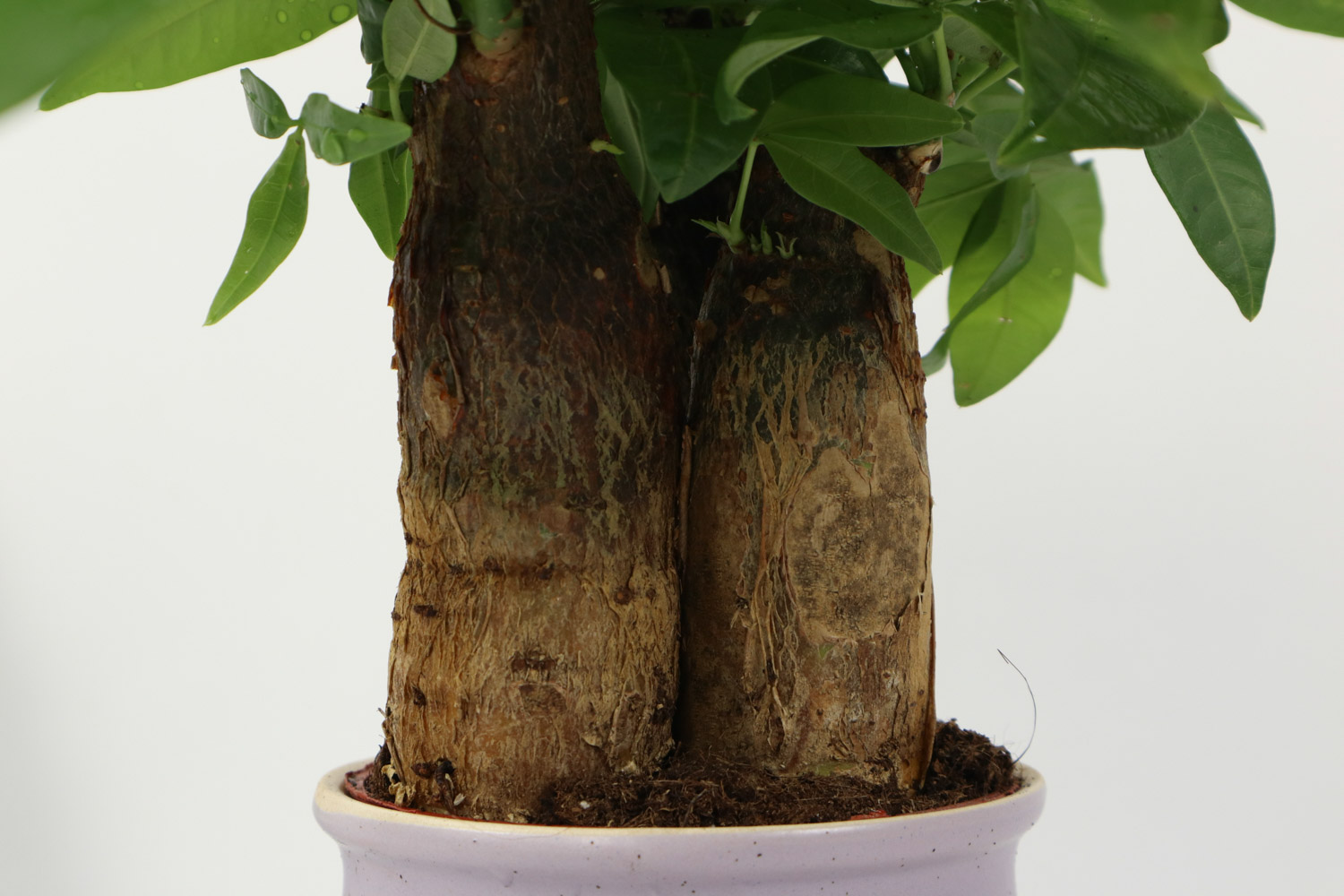
2. Clean the soil at the root of aloe, soak it in water for ten minutes, gently rub it, then soak it in carbendazim solution for five minutes, and then rinse it with clean water

3. After that, the aloe will be planted in a hydroponic container to make the root system expand comfortably in the water. Note that the whole root system cannot enter the water, otherwise it is easy to rot
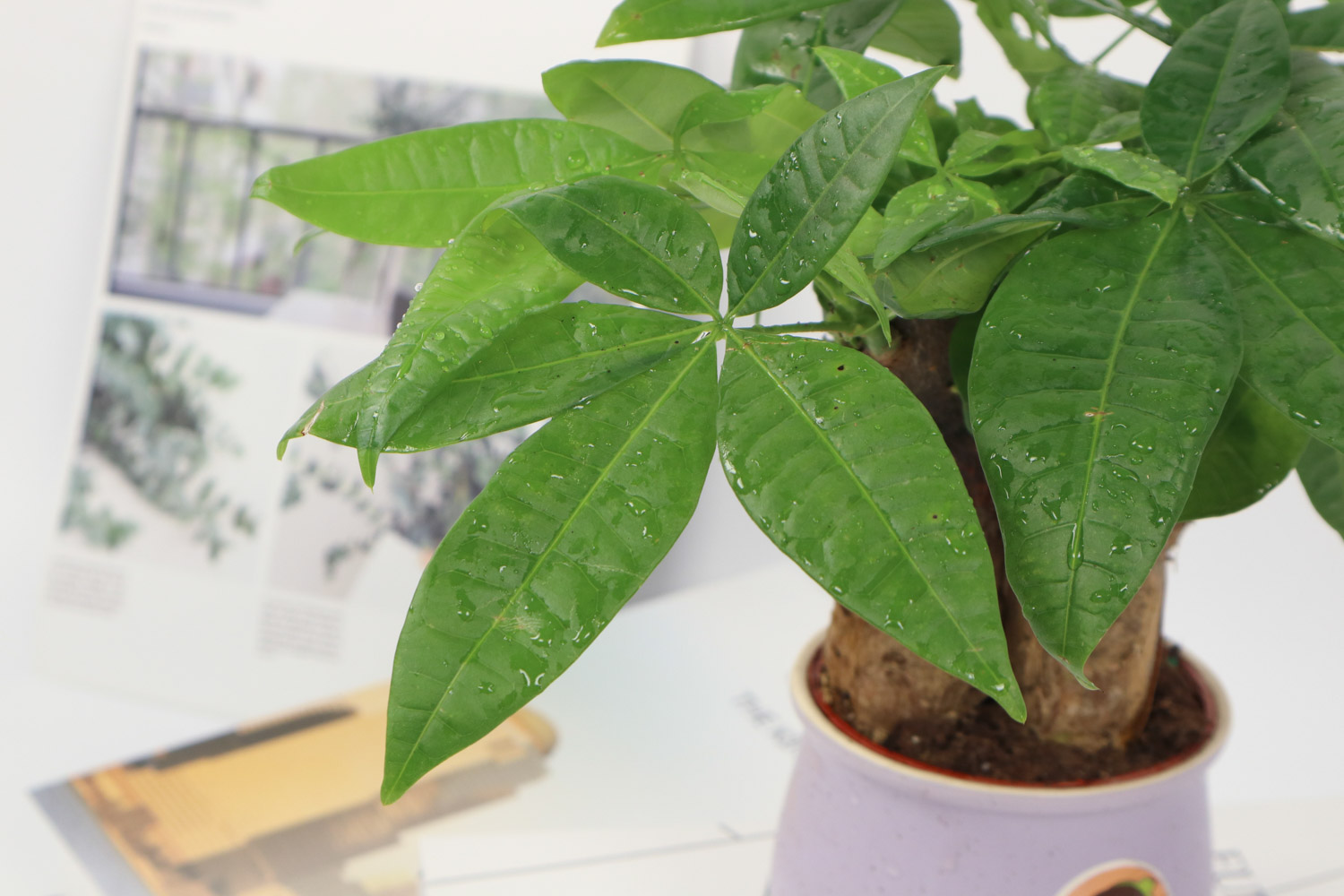
4. After planting, you can put it in a cool and ventilated place. After new roots grow, move it to a place with bright light. Change the water every half a month. When changing the water, add nutrient solution appropriately
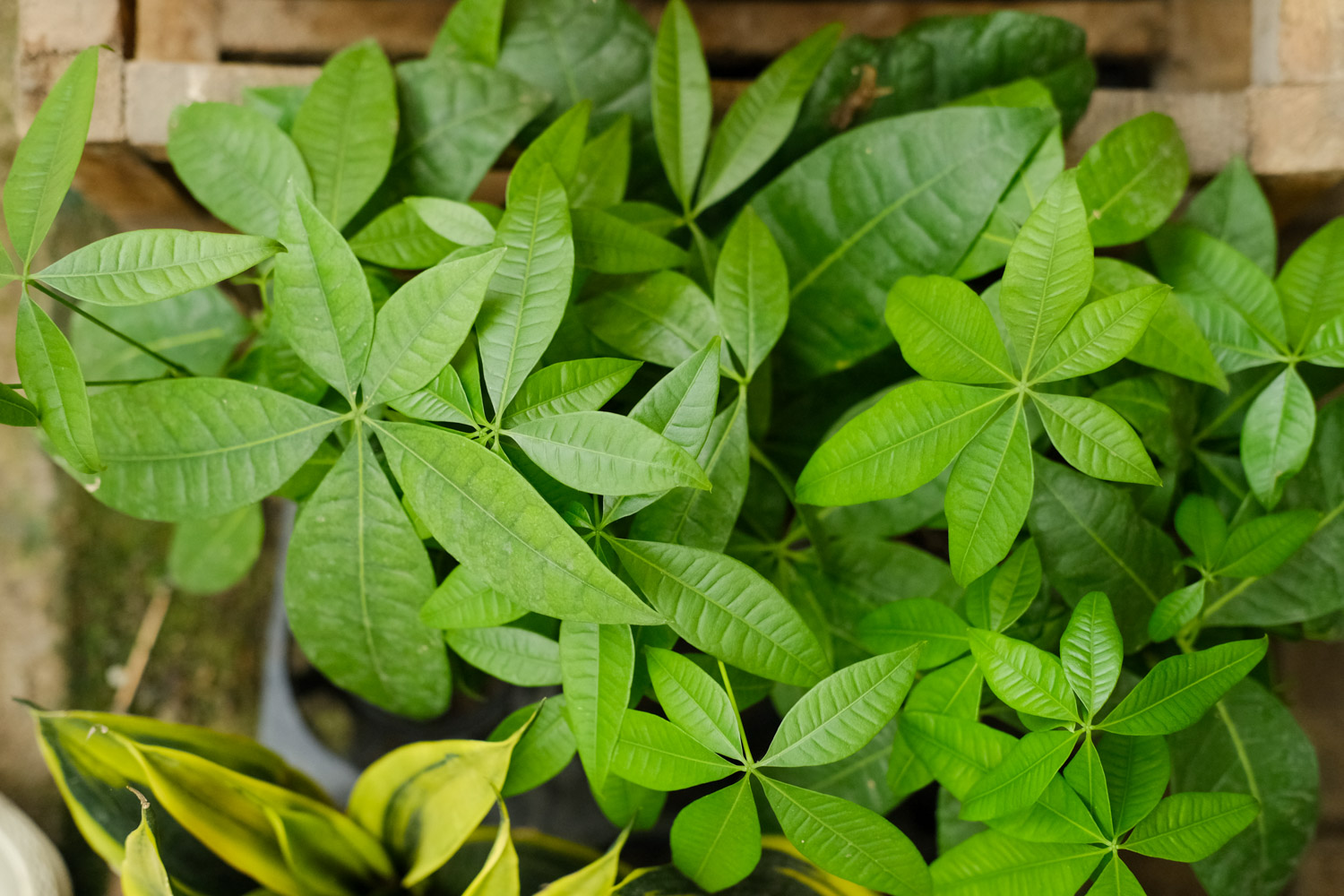
Green Rose
Compared with other plants, green pineapple hydroponics is the simplest. It can live by pinching roots and branches and throwing them into the water. It is an essential plant for novice hydroponics
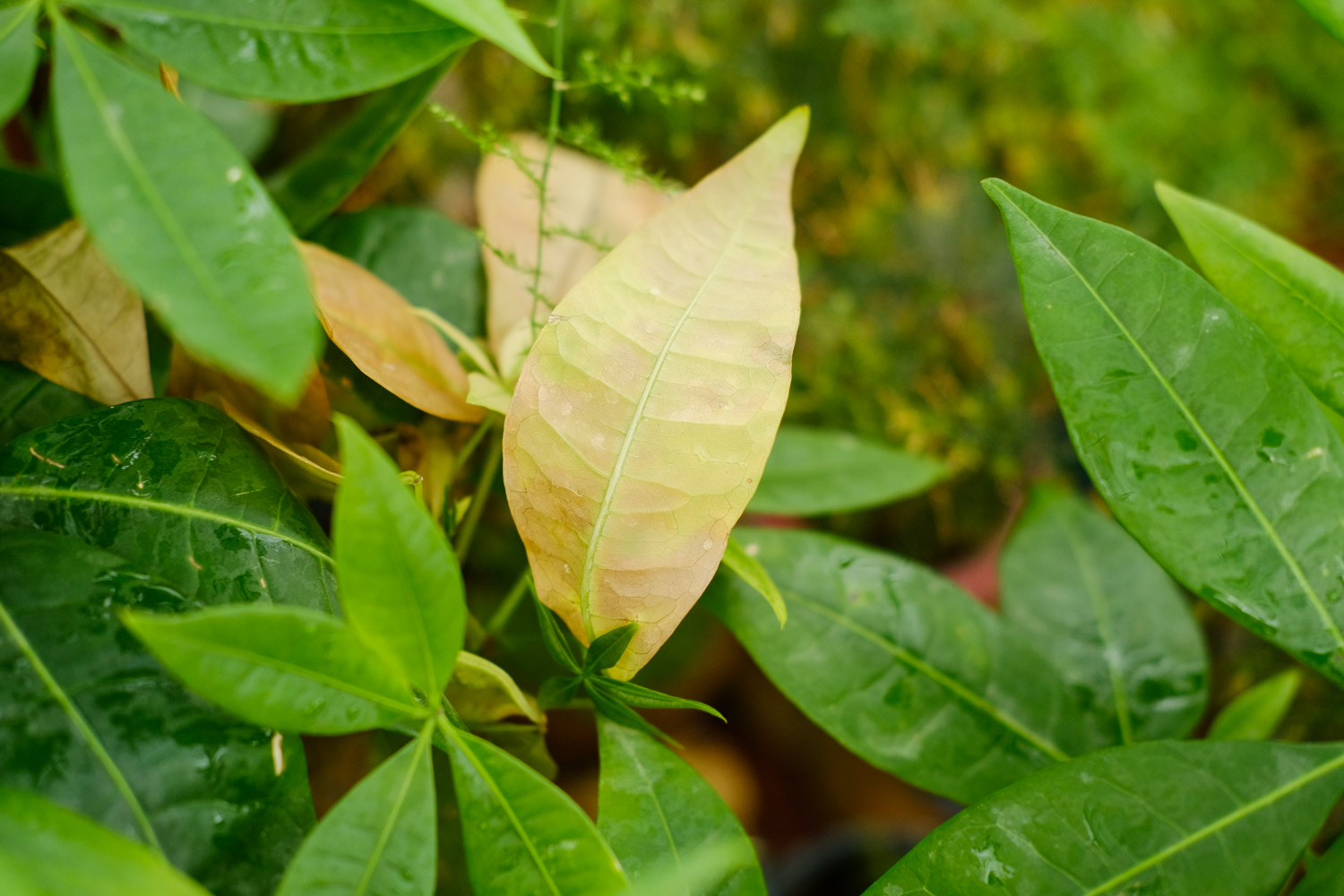
1. When choosing plants, it's also best to choose the ones with air roots. Don't cut them too long. It's 20-30 cm and more than 10 cm
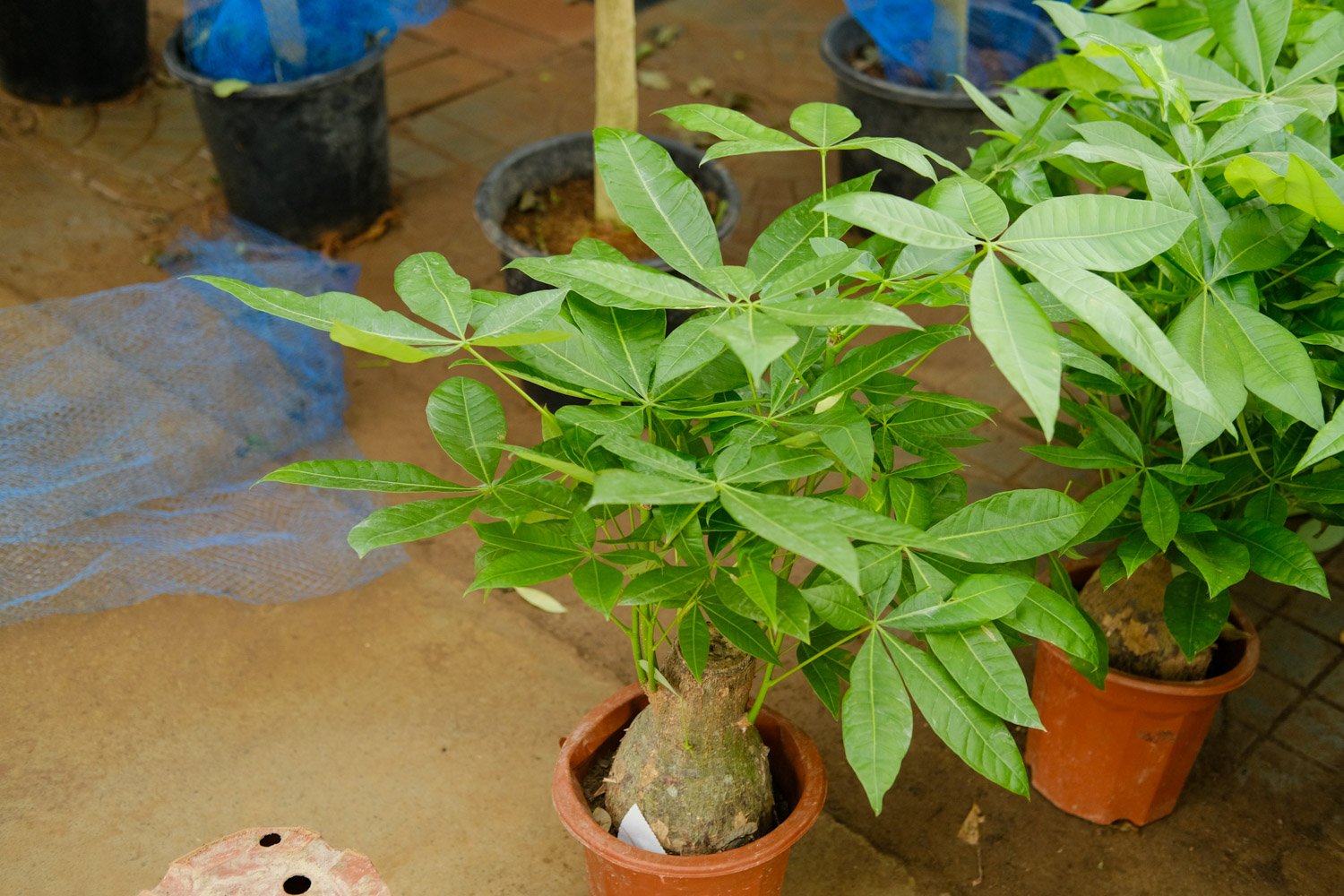
2. After that, just throw it directly into the water. The roots of green pineapple can grow completely in the water. We don't have to worry about the death of roots due to hypoxia
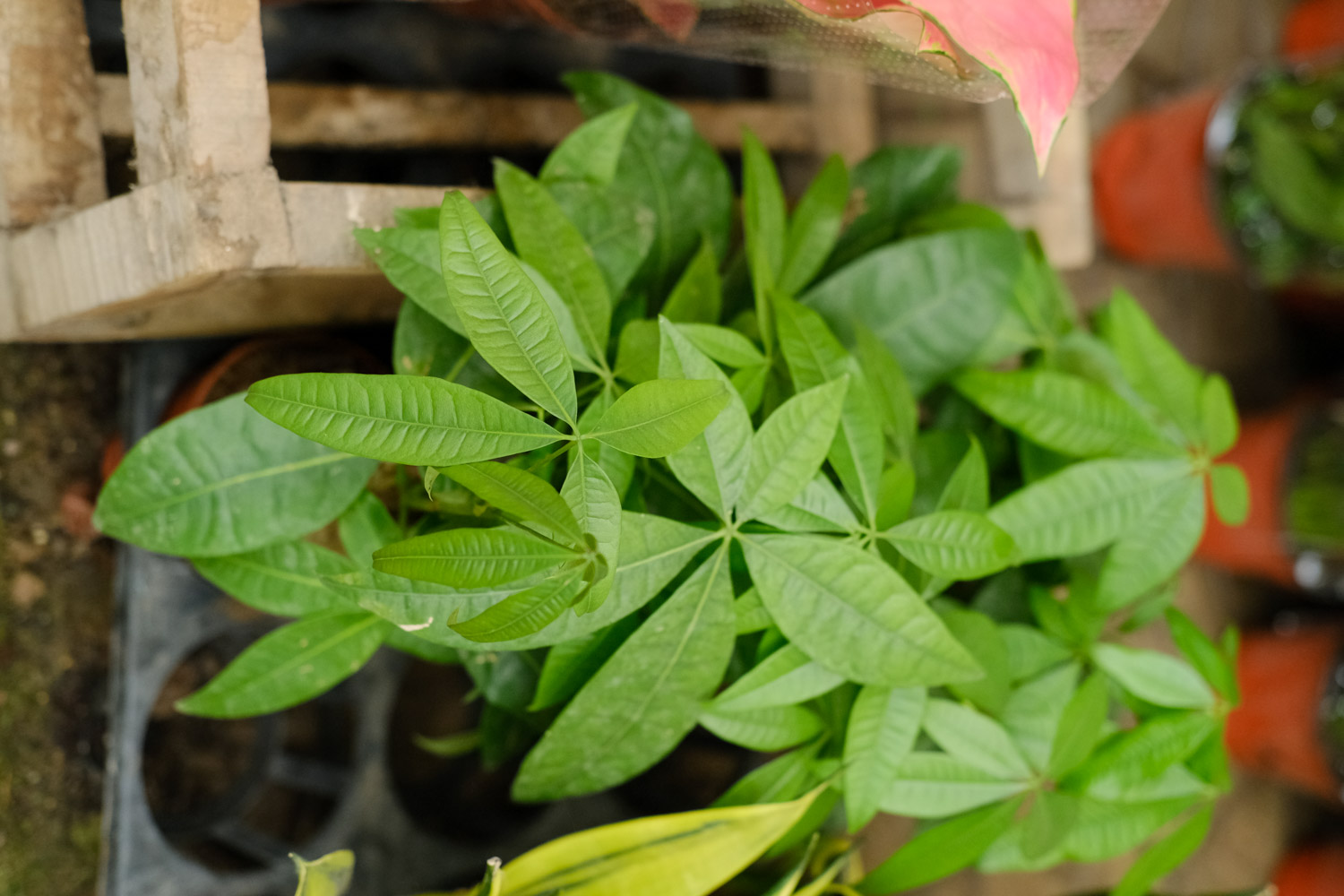
3. Frequently changing water in the early stage of hydroponic culture, especially when the temperature is high in summer, more changing water can reduce the phenomenon of root rot. In general, even if there is no air rooting, new roots can grow in about a week
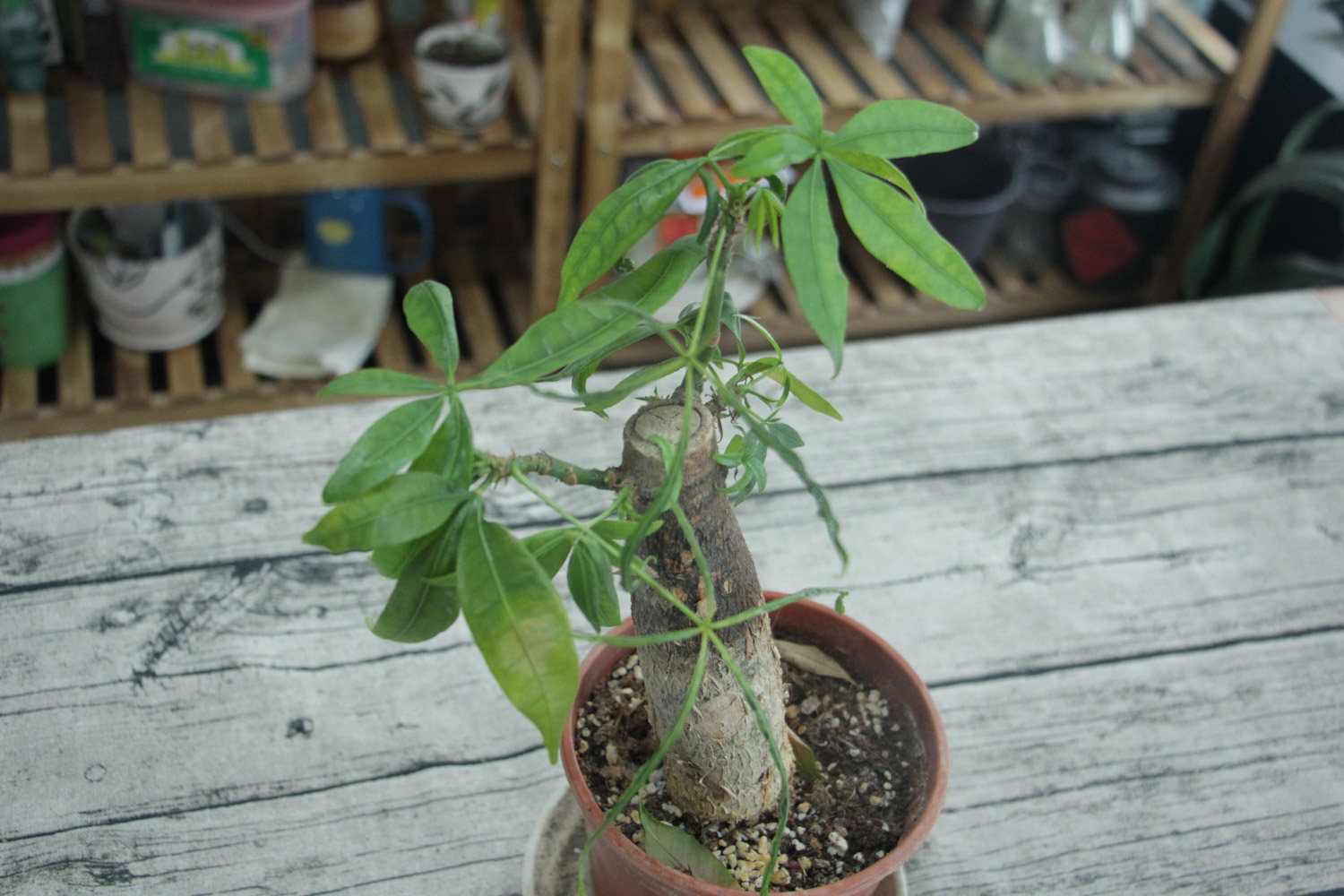
Millennium wood
The leaves of Millennium trees are gorgeous and highly ornamental. They are hydroponically cultured and placed in the living room, bedroom and study. They are all a beautiful scenery
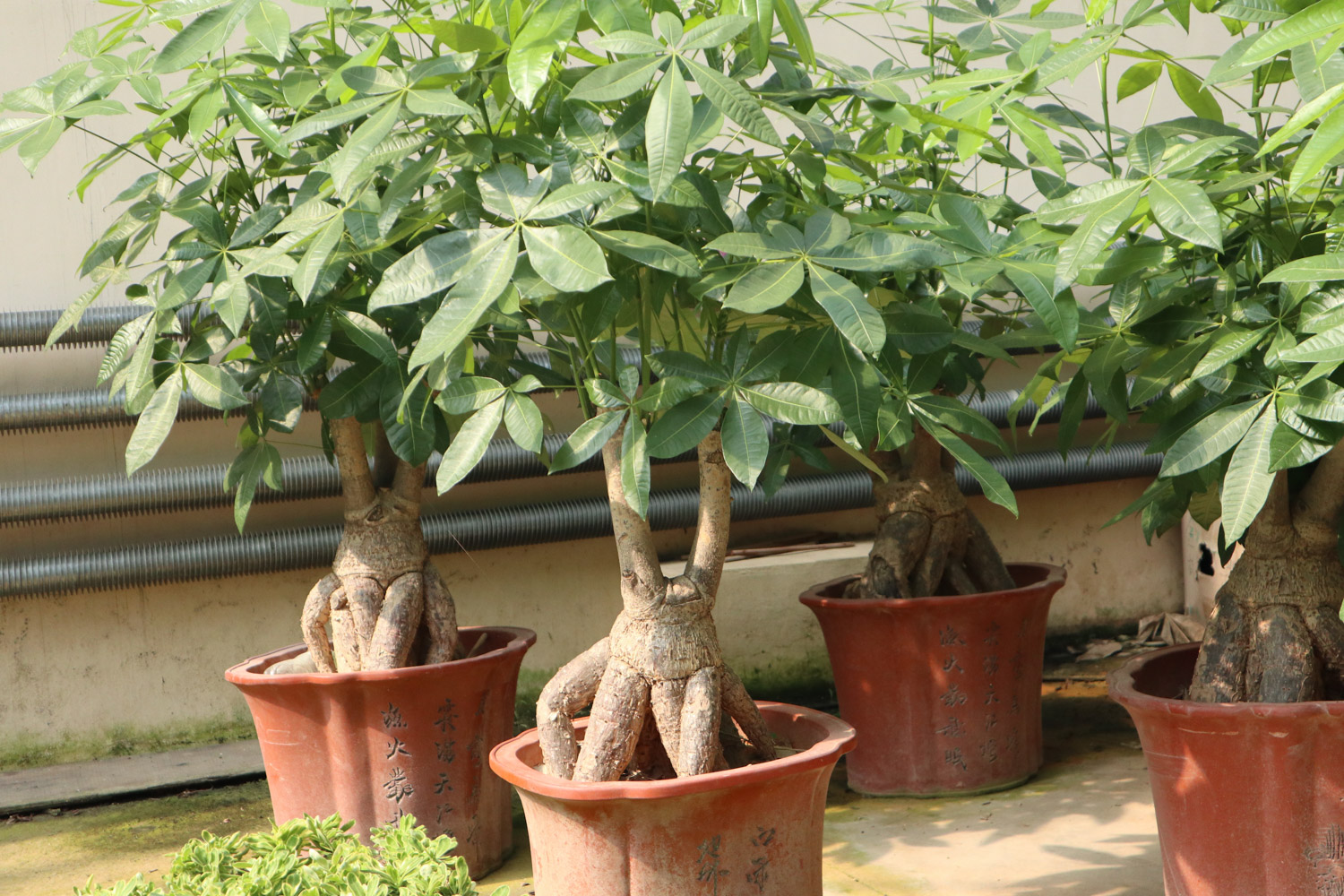
1. First, take the Millennium tree out of the flower pot and clean the soil at the root. You can see that the root system of the Millennium tree is very strong and growing well
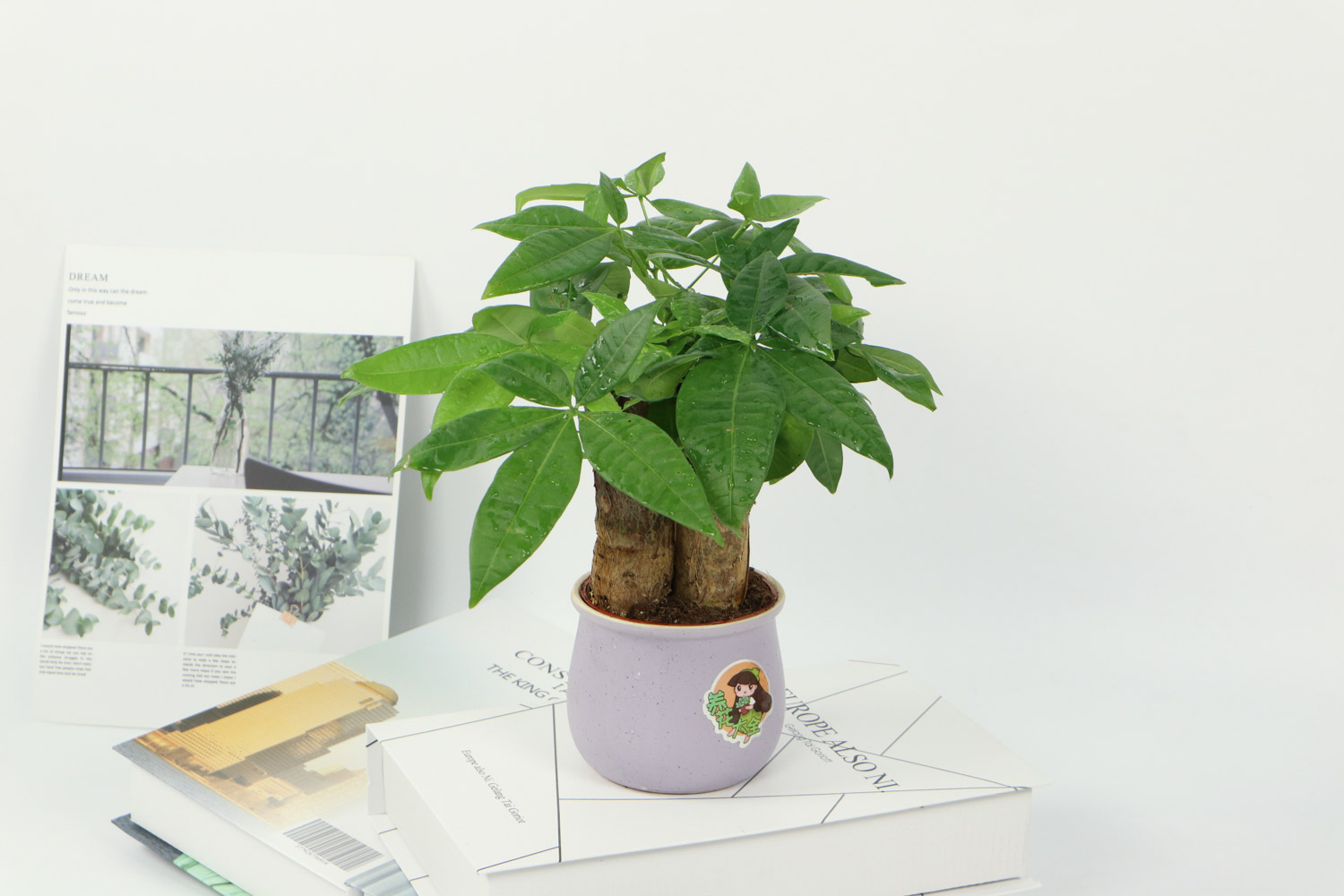
2. Use scissors to trim off the intricate root system and only retain part of the root system, which is convenient for hydroponic culture and conducive to the germination of new roots
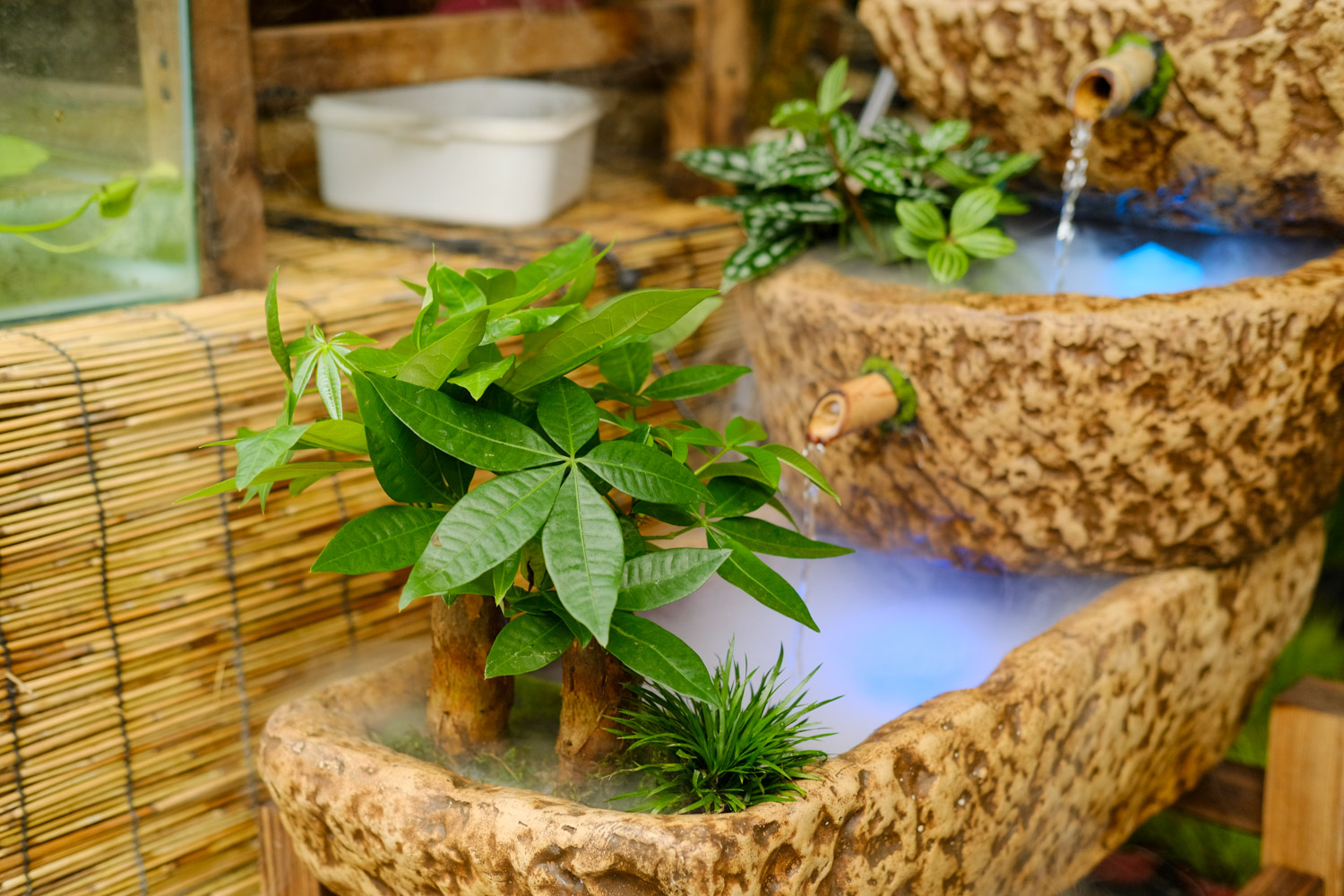
3. After pruning, soak it in potassium permanganate solution for 15 minutes and disinfect it
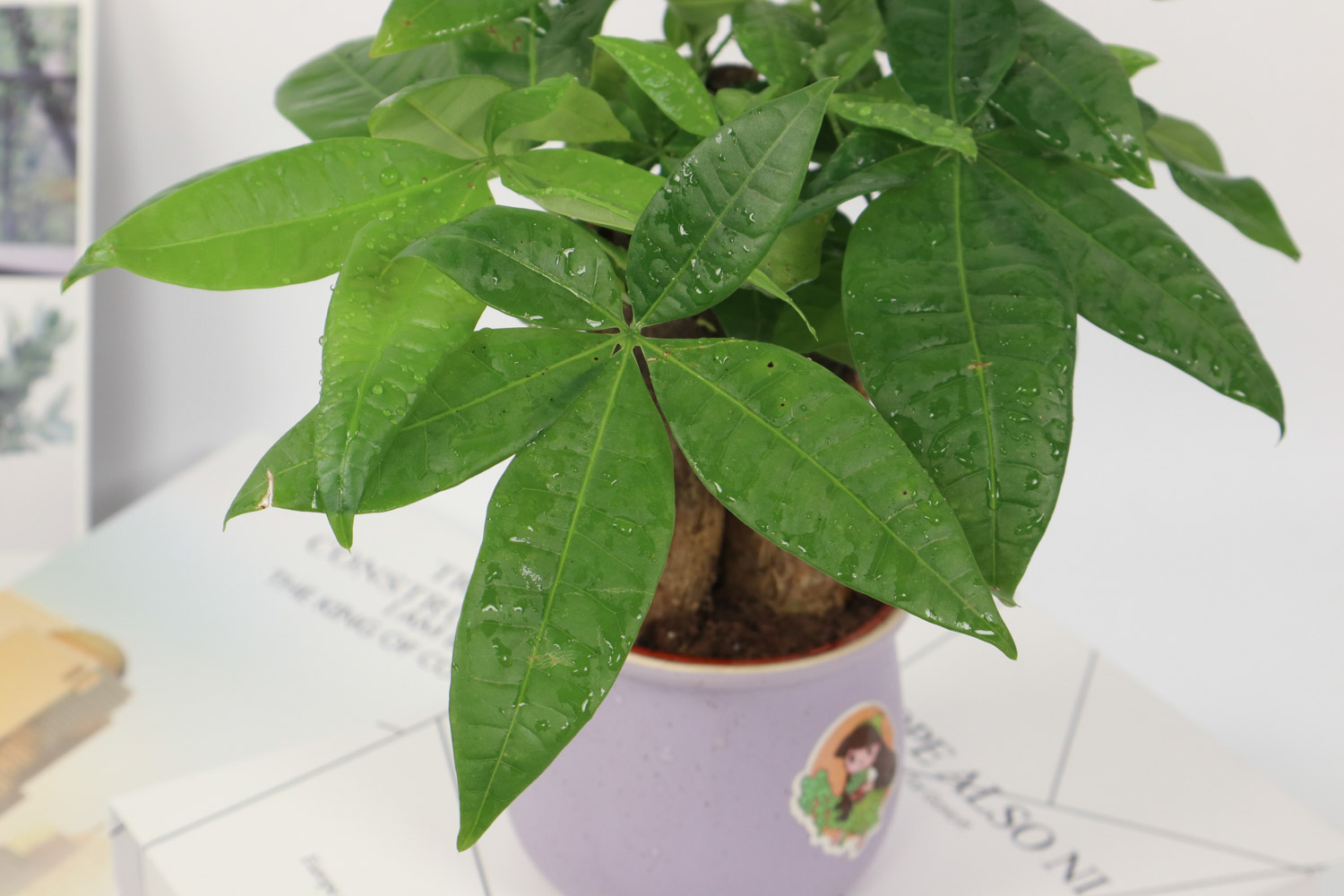
4. Then clean it with clean water and plant it in hydroponic container
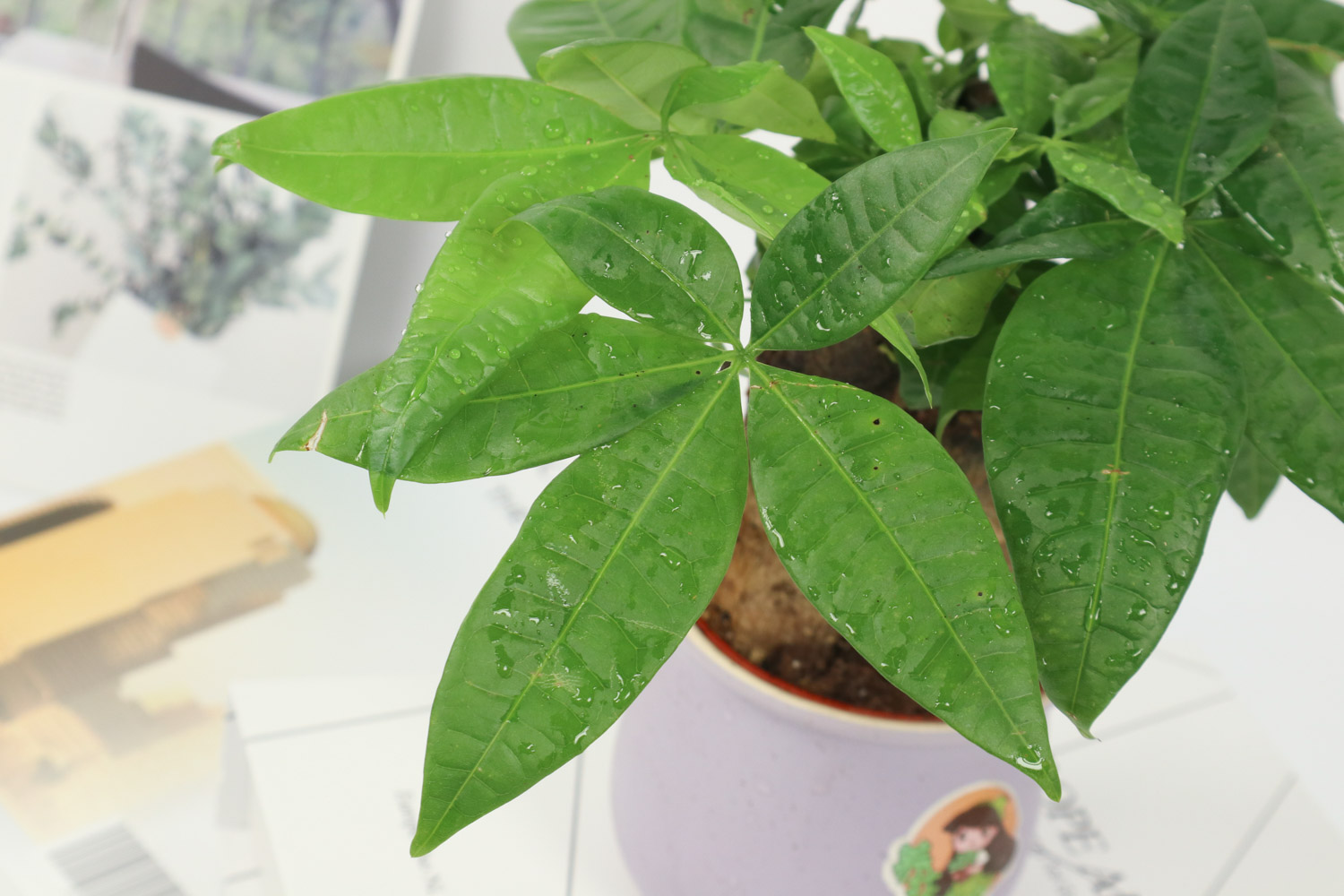
Ball orchid
The beautiful and fragrant bulb orchid is also very simple to hydroponic culture. Here's a brief introduction to Huahua

1. Cut the robust bulbus branches
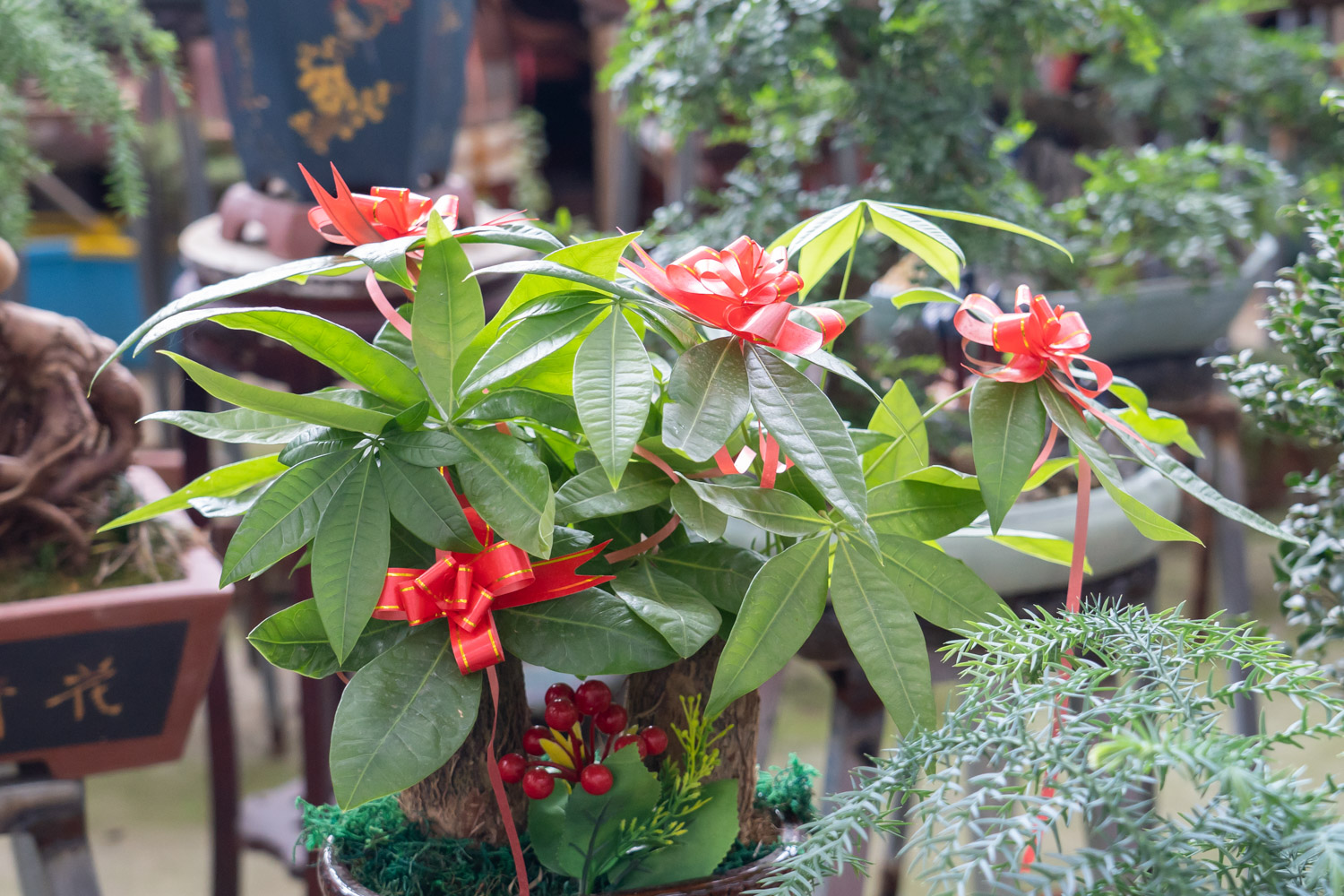
2. If there is a planting basket, you can fix the branches into the planting basket. If there is no planting basket, you can make a simple planting basket with iron wire according to the following small method
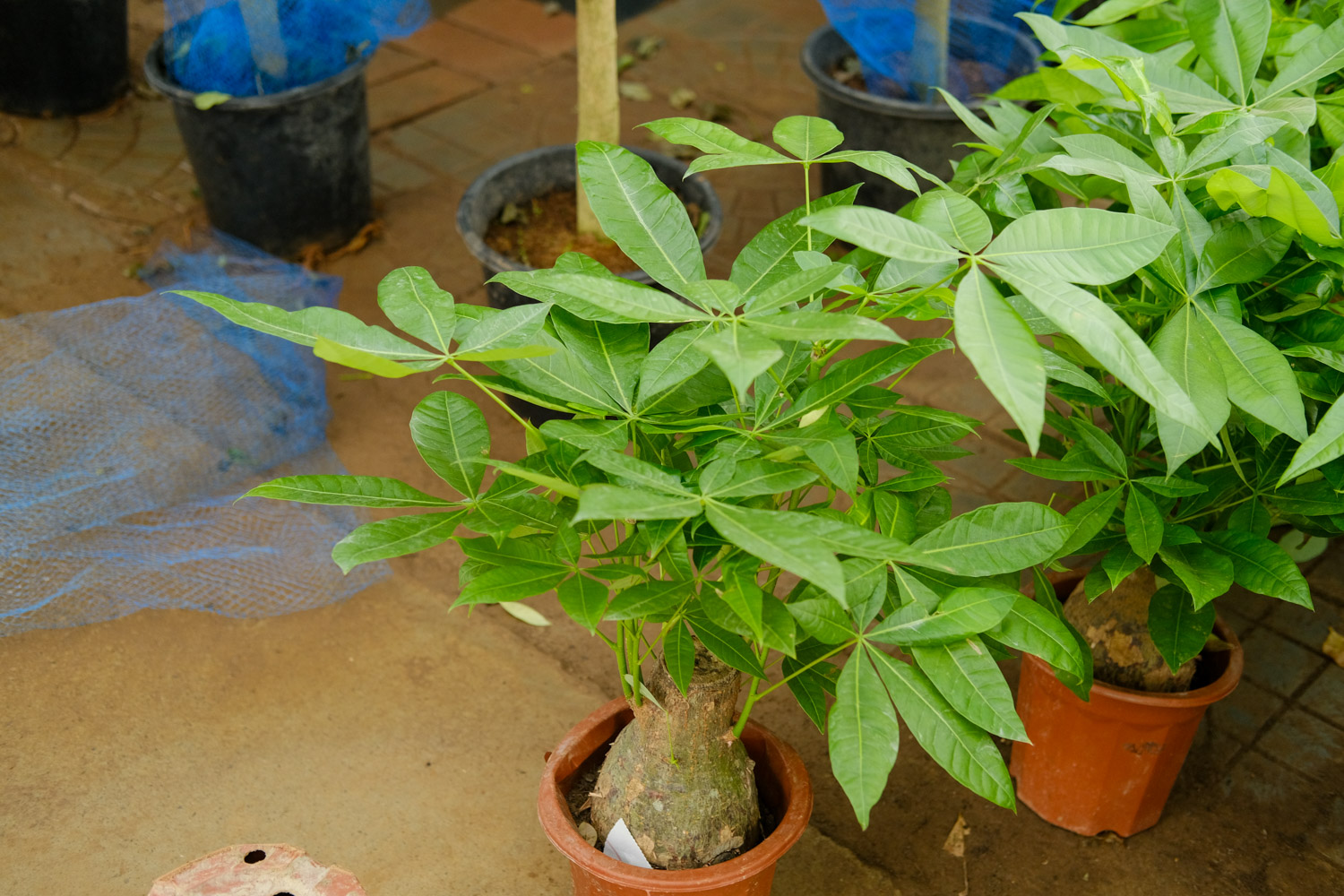
3. After putting bulbus Cymbidium into the hydroponic container, add water into the hydroponic container and drop a drop of rooting water in the water to promote rooting
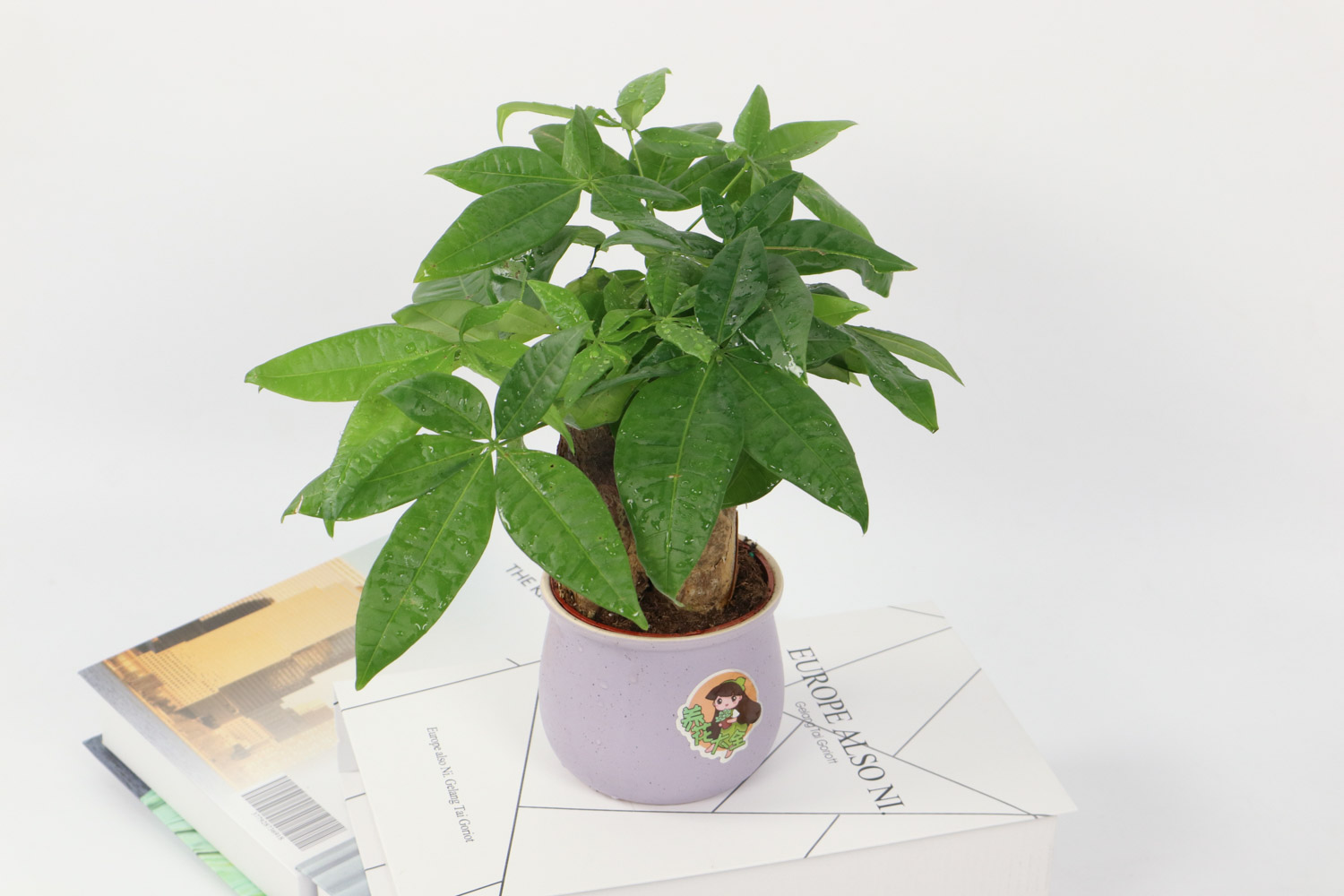
4. If the temperature is high, aquatic roots will grow soon
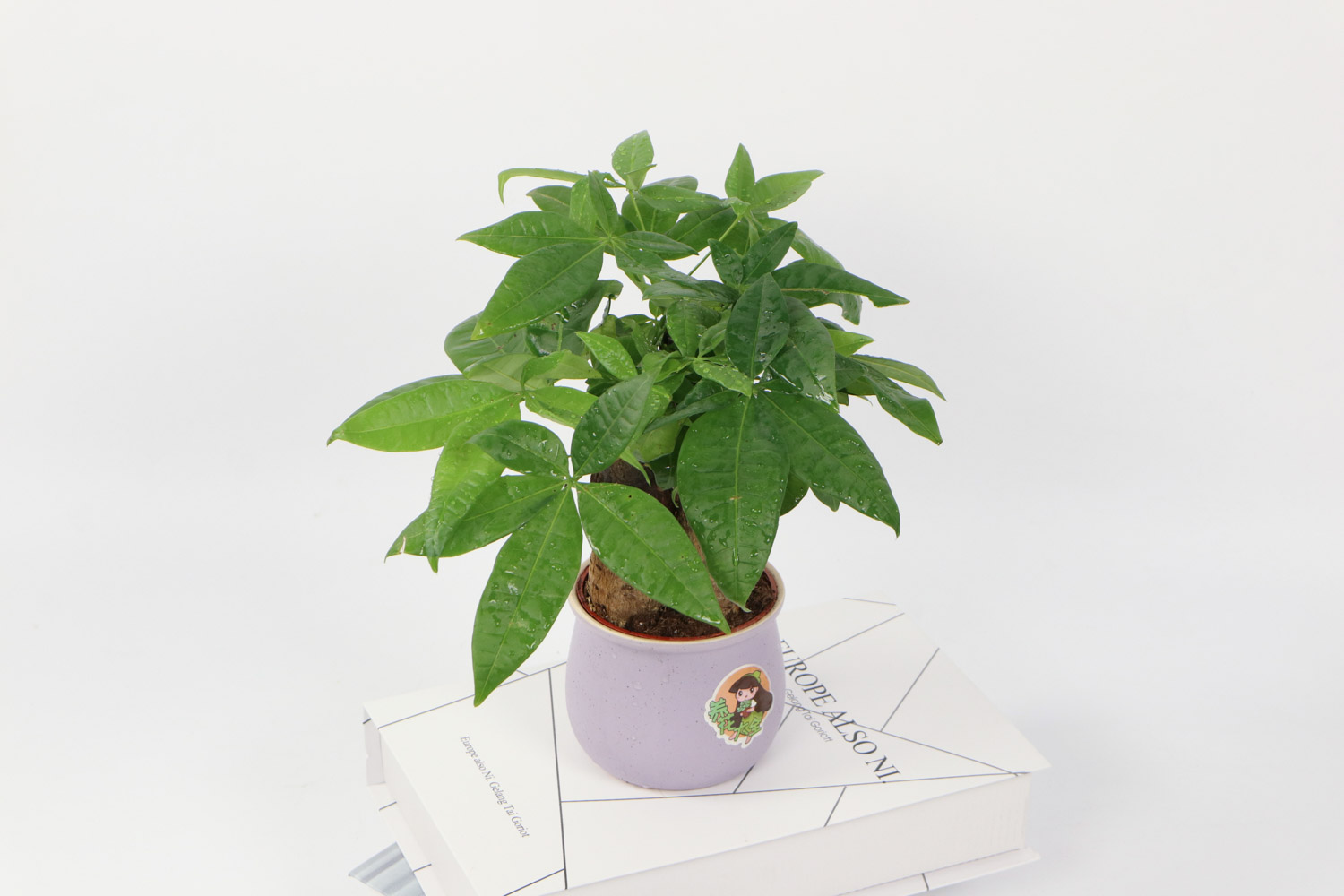
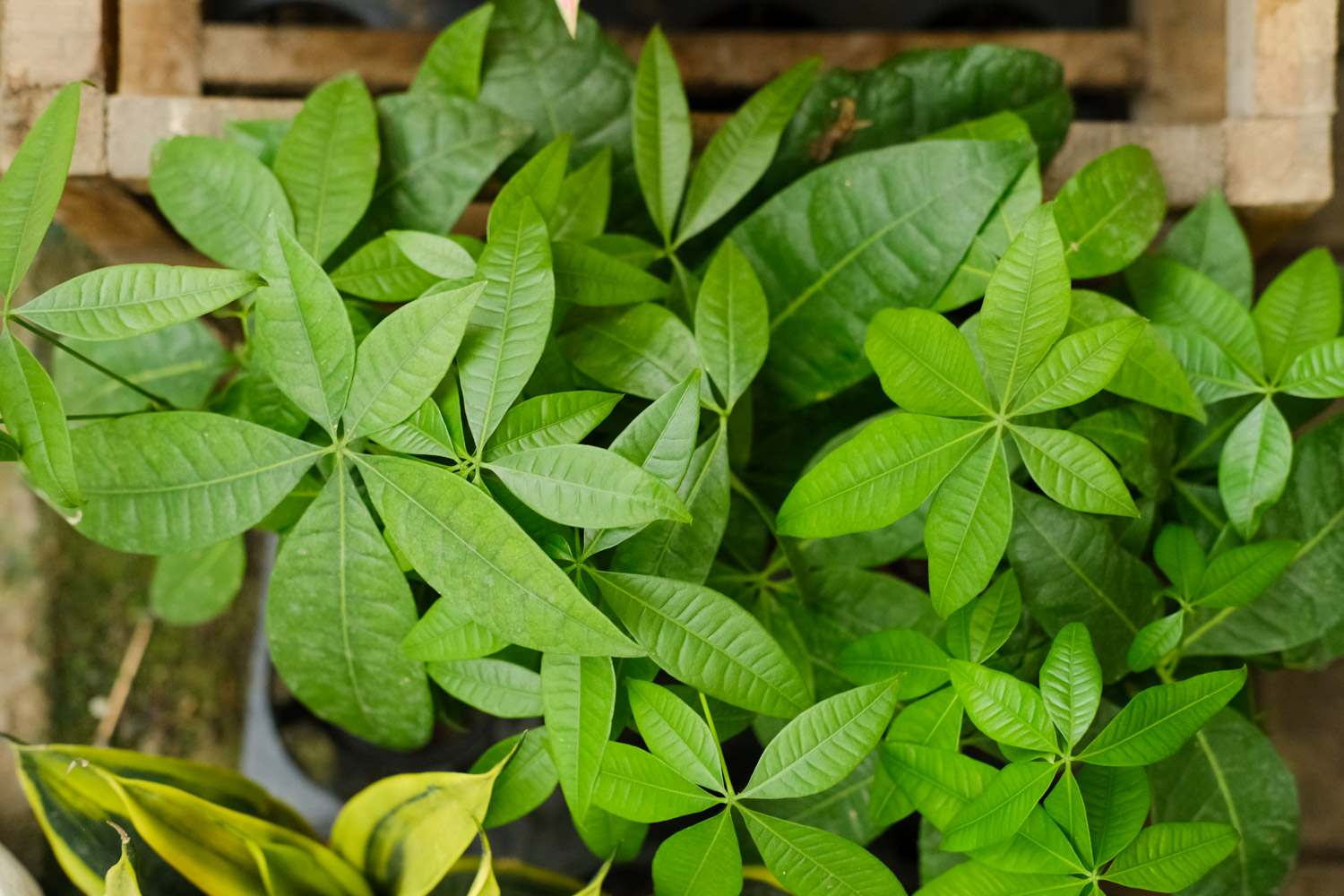

 how many times do yo...
how many times do yo... how many planted tre...
how many planted tre... how many pine trees ...
how many pine trees ... how many pecan trees...
how many pecan trees... how many plants comp...
how many plants comp... how many plants can ...
how many plants can ... how many plants and ...
how many plants and ... how many pepper plan...
how many pepper plan...



























